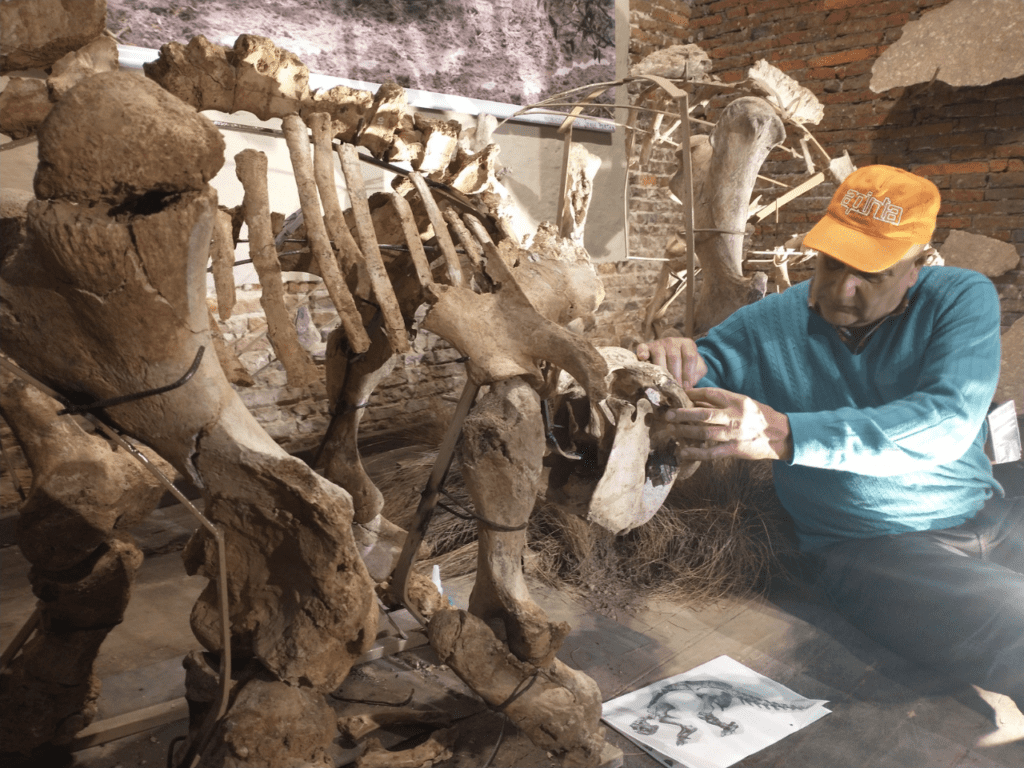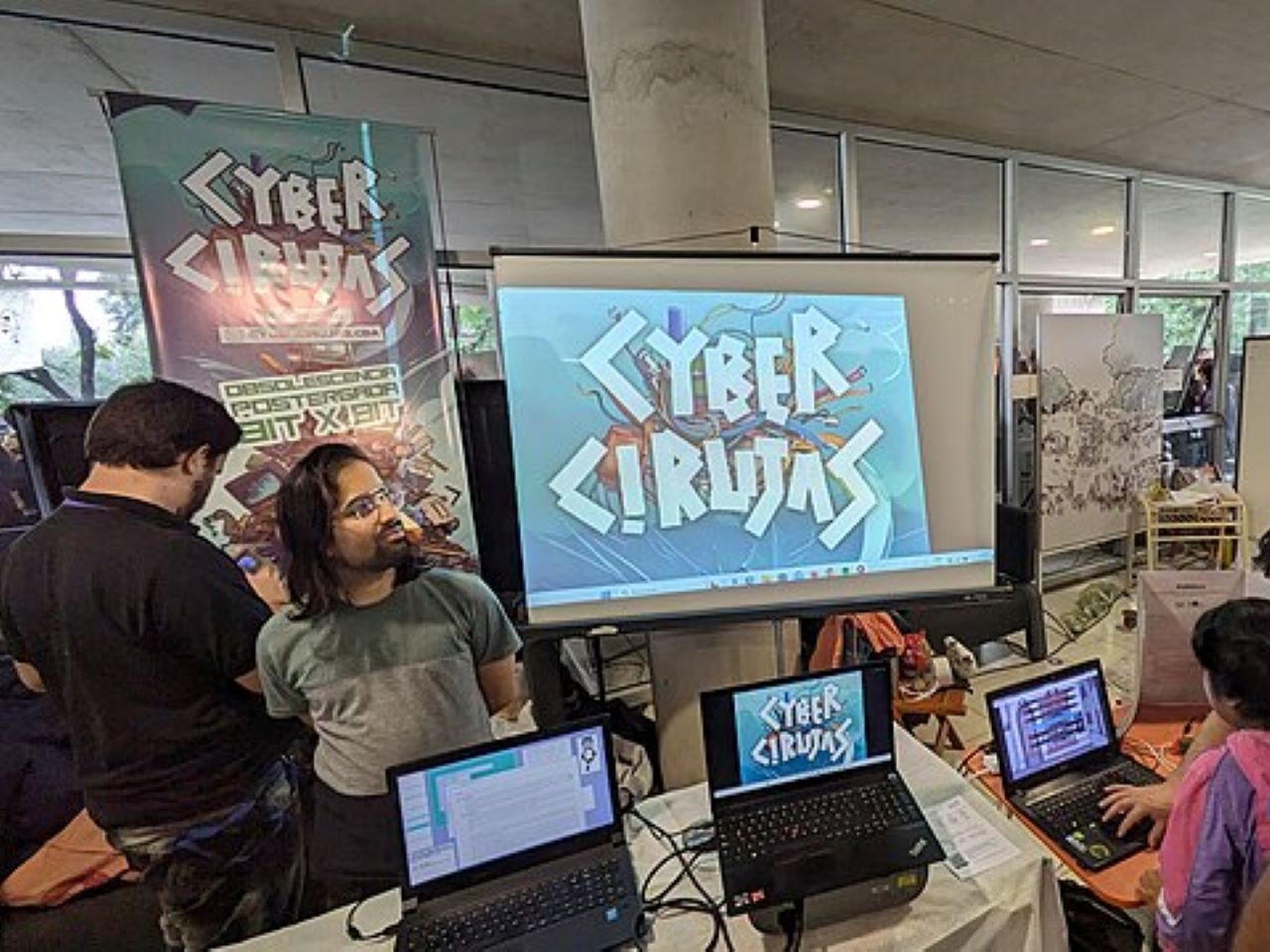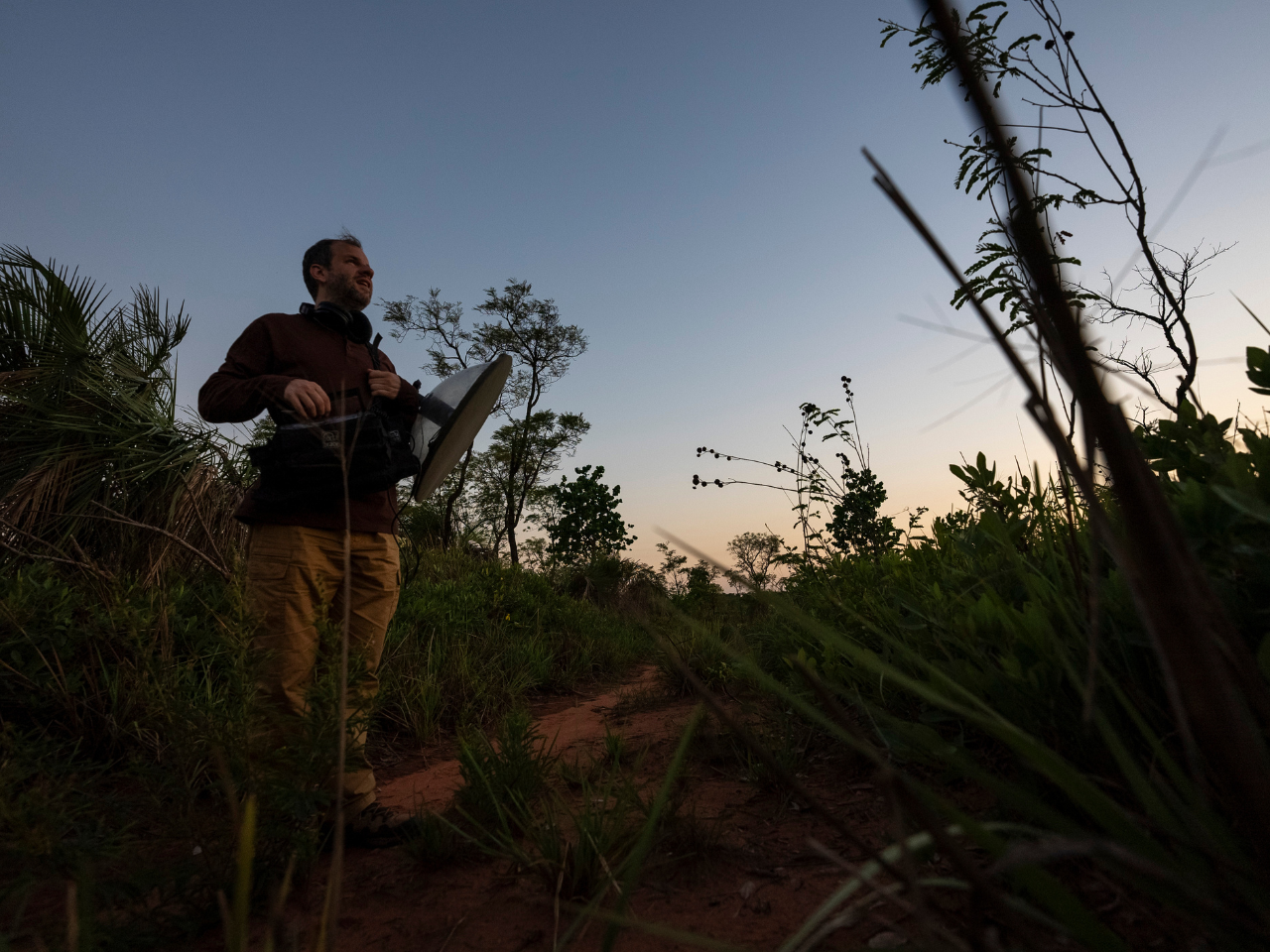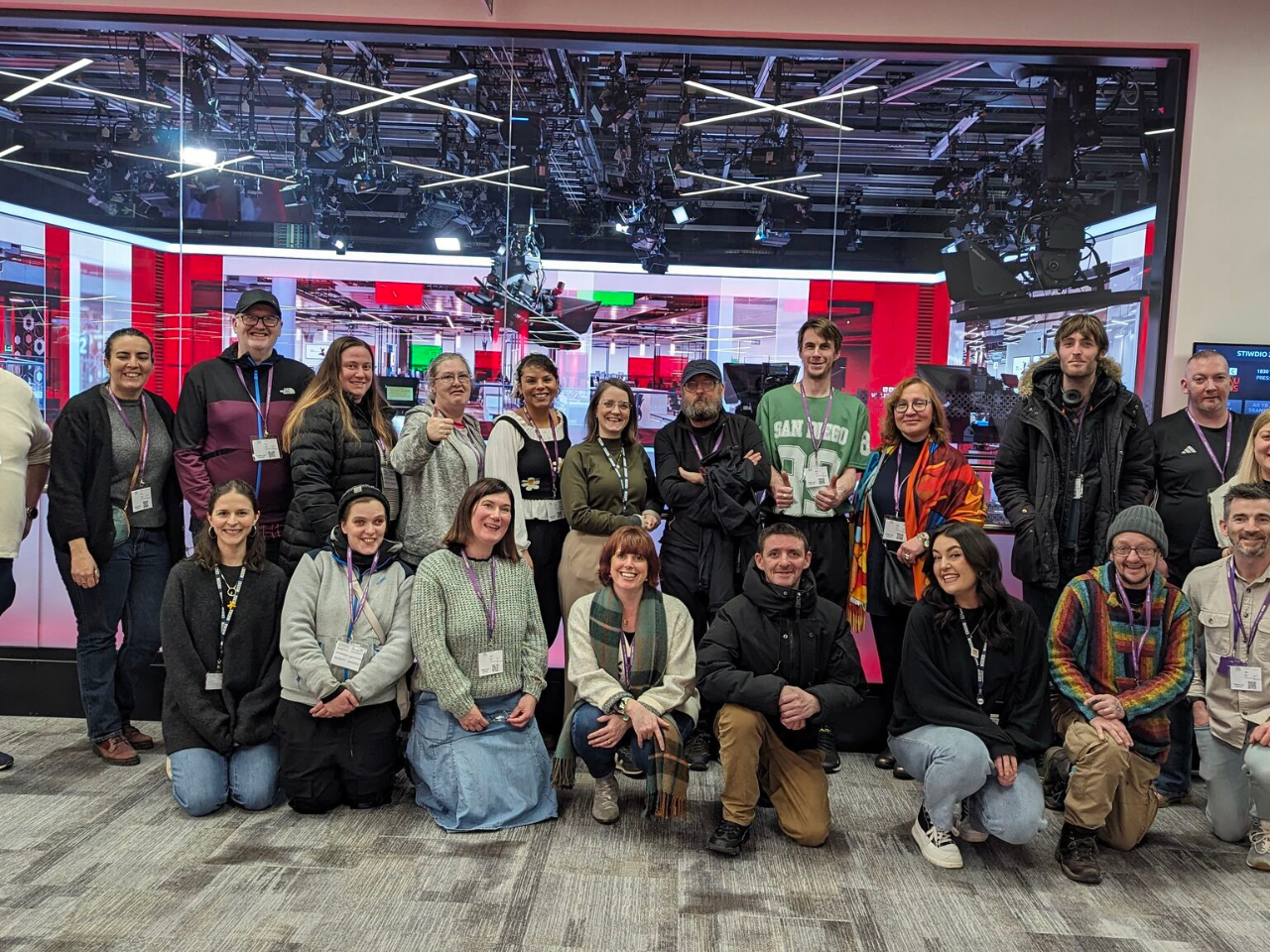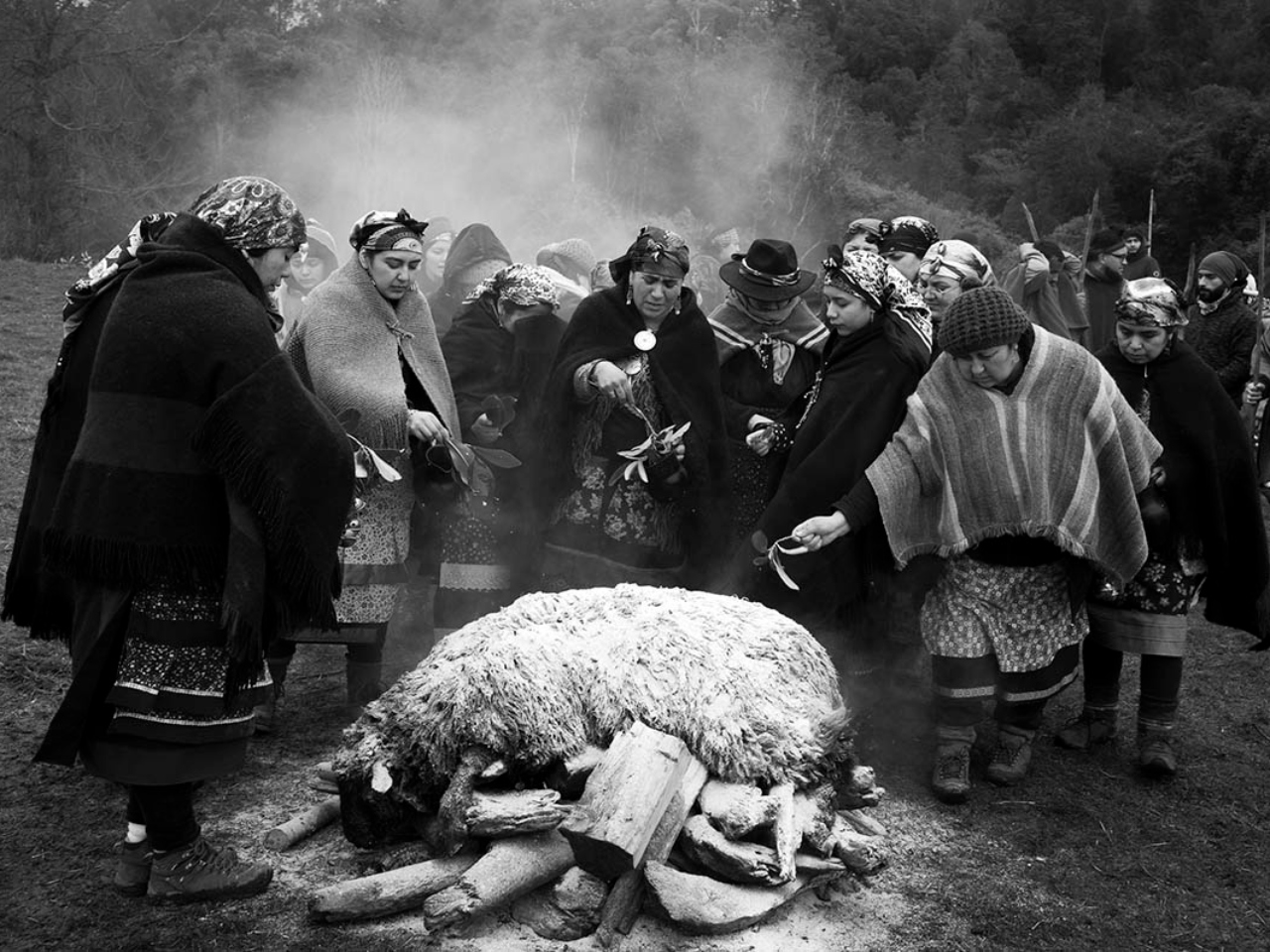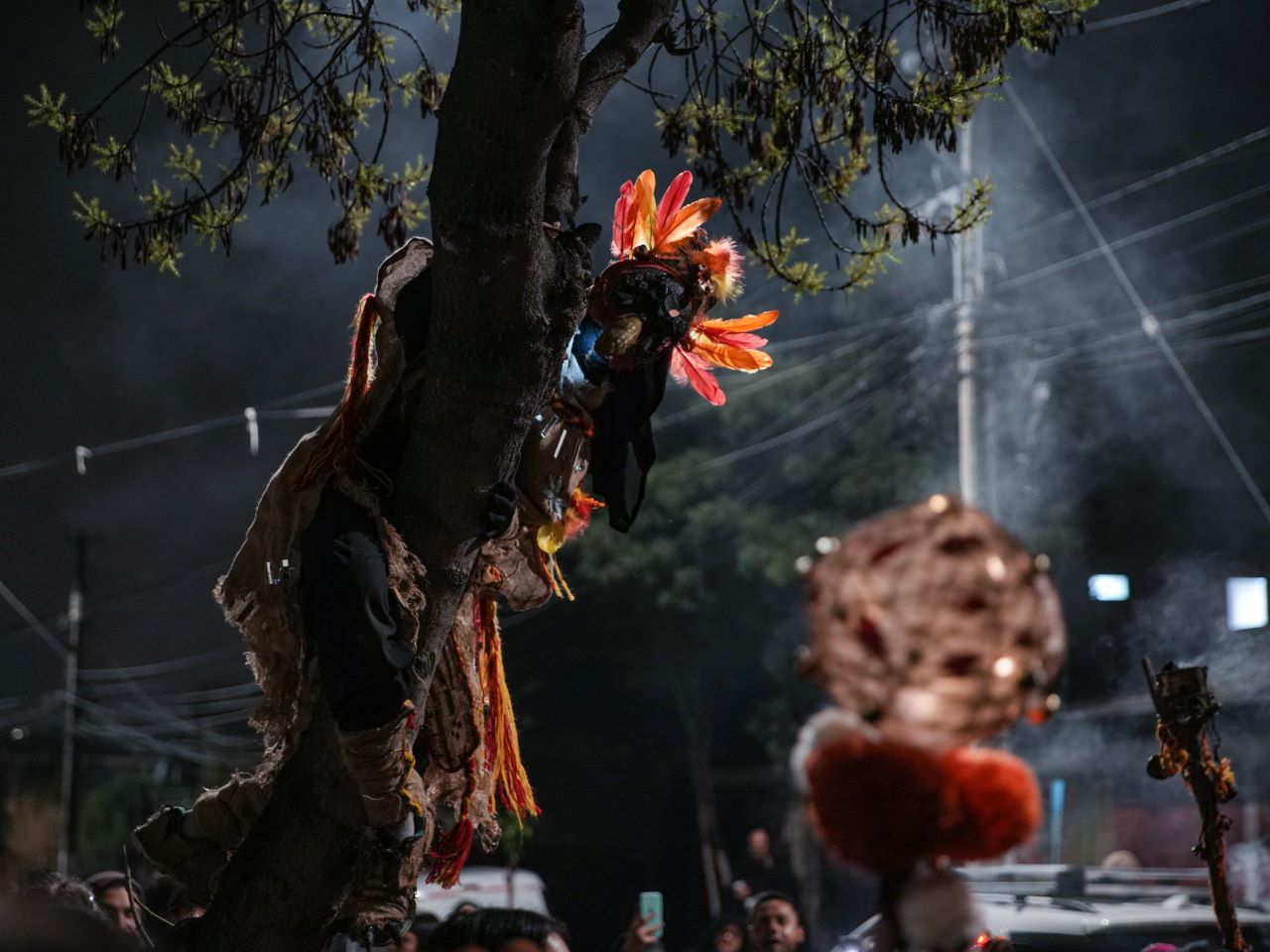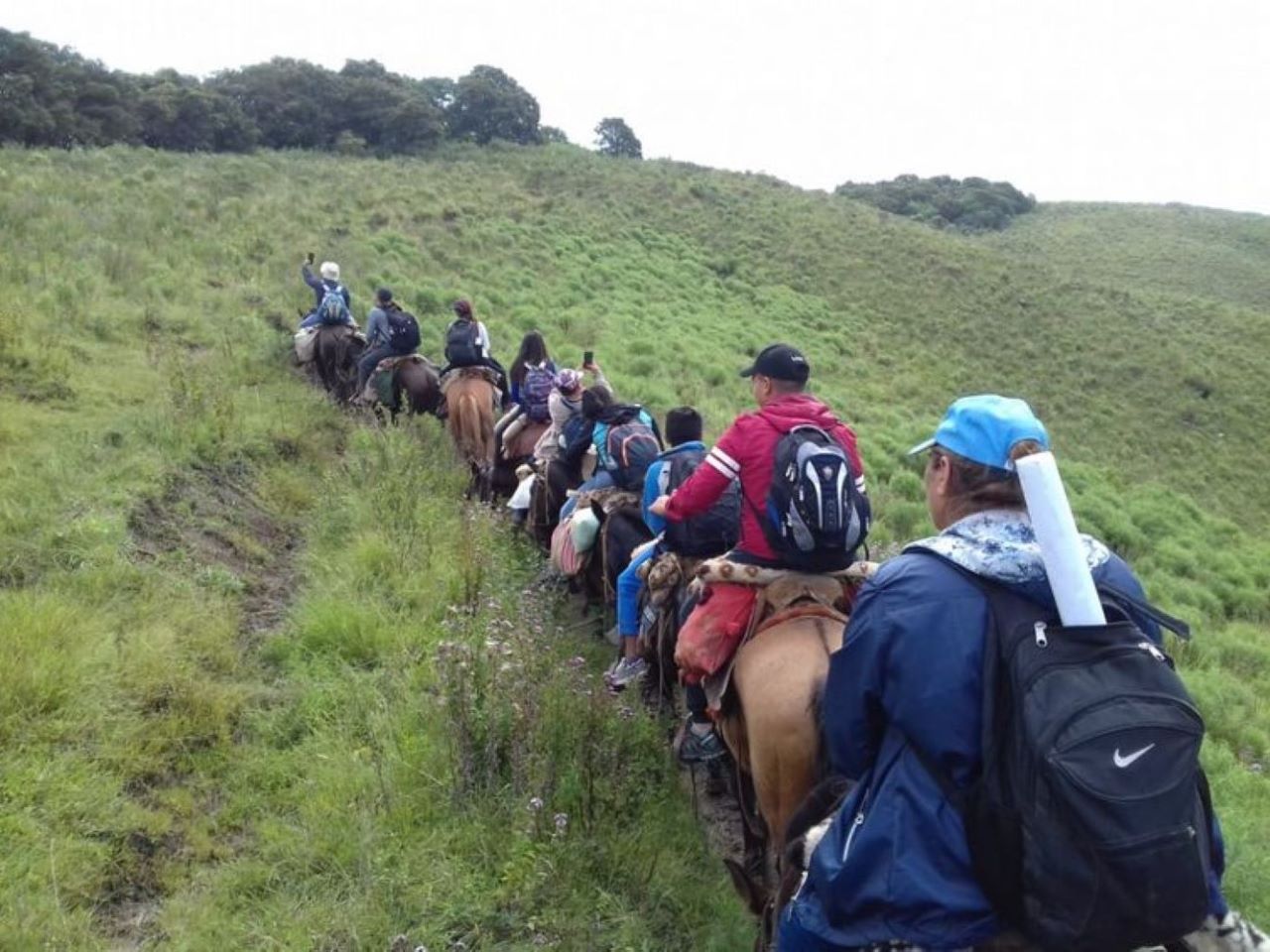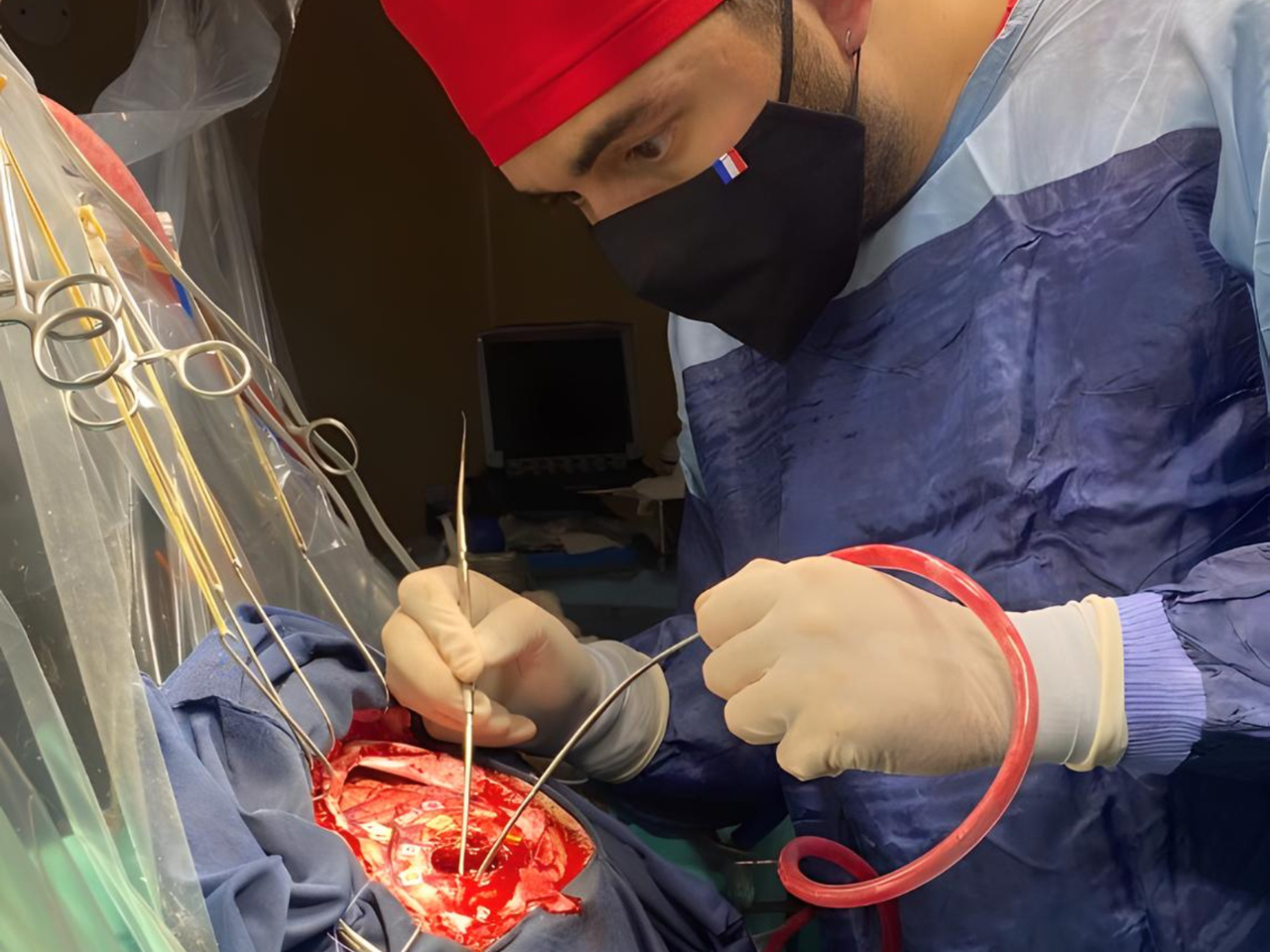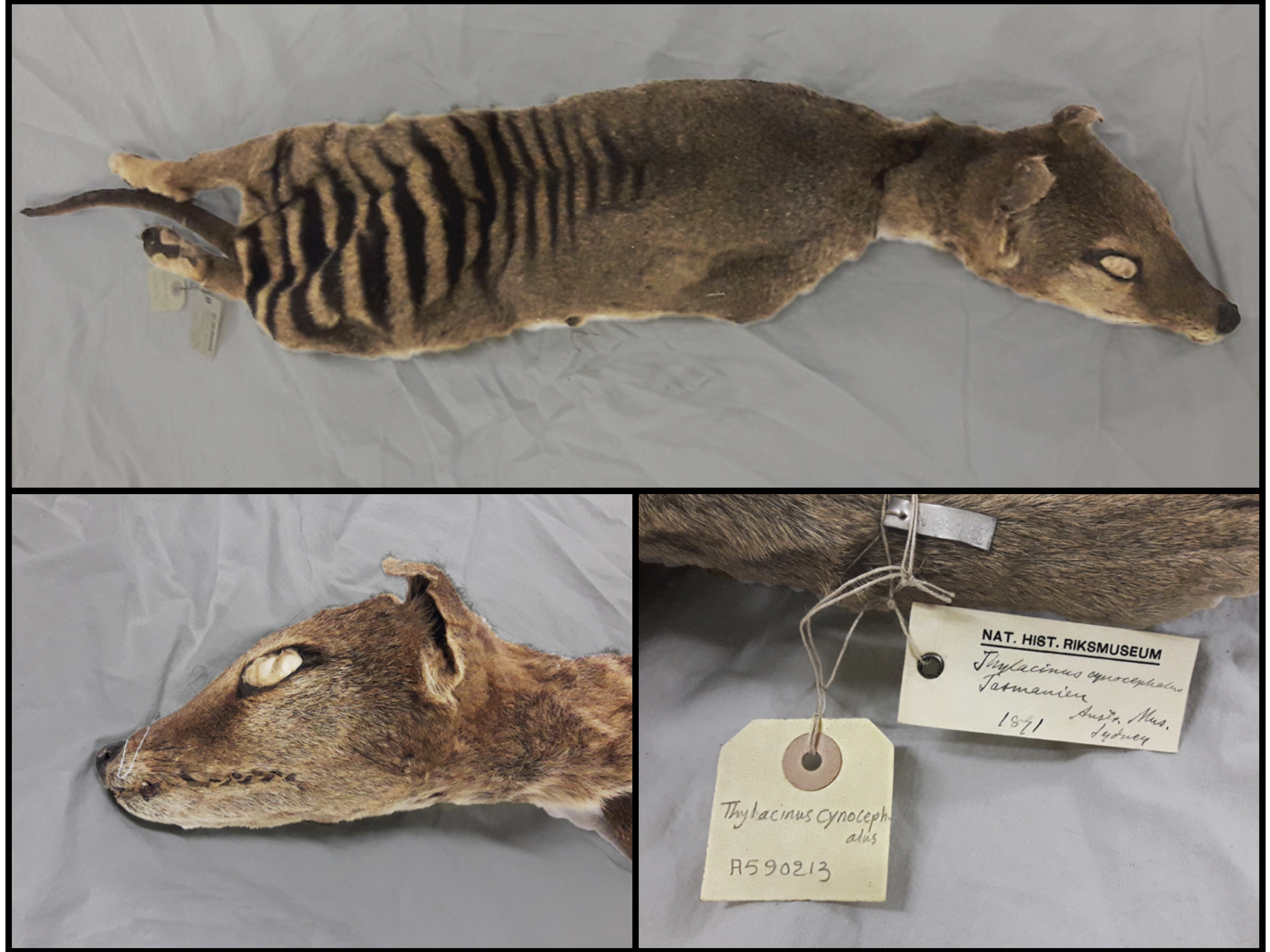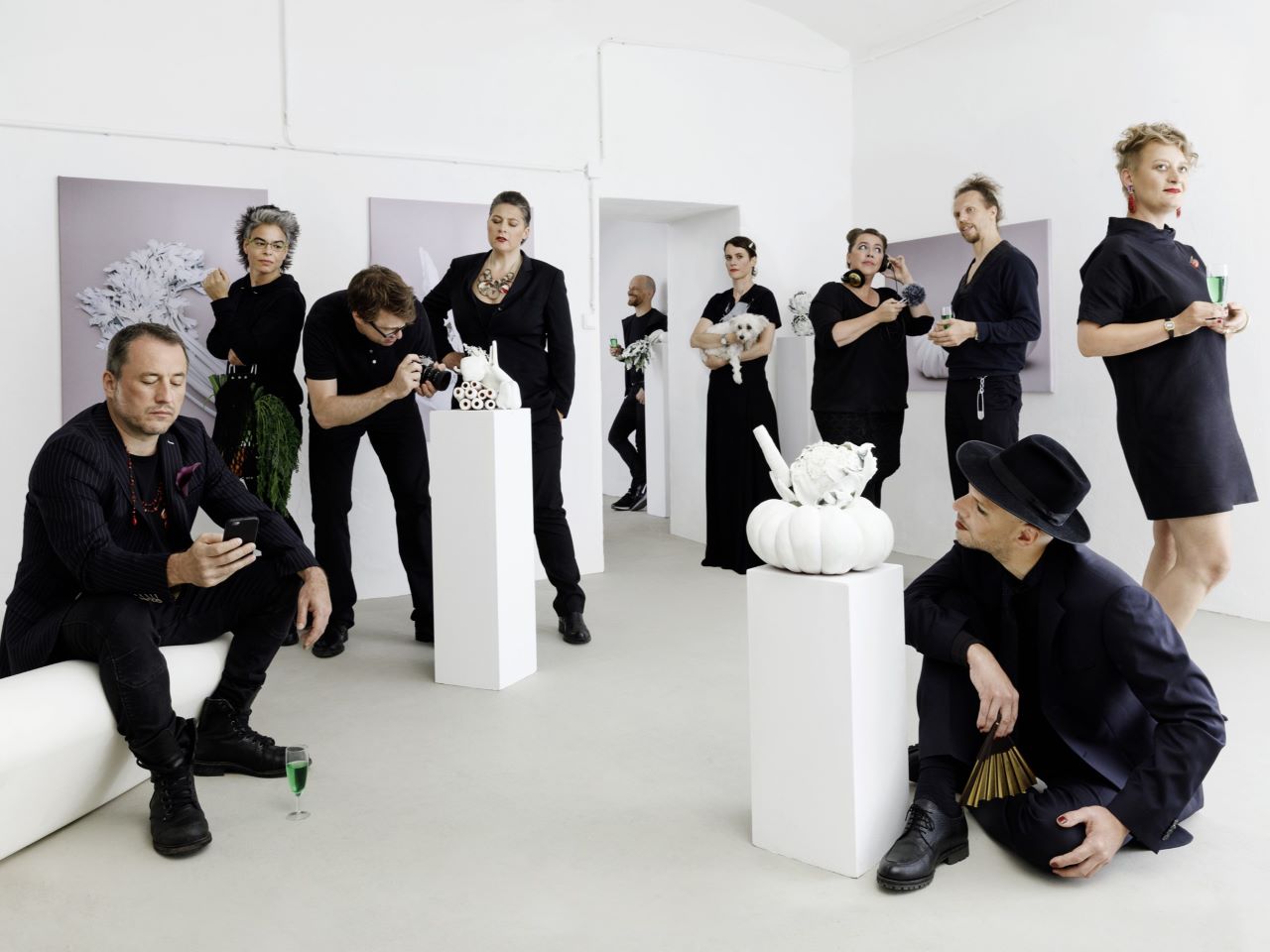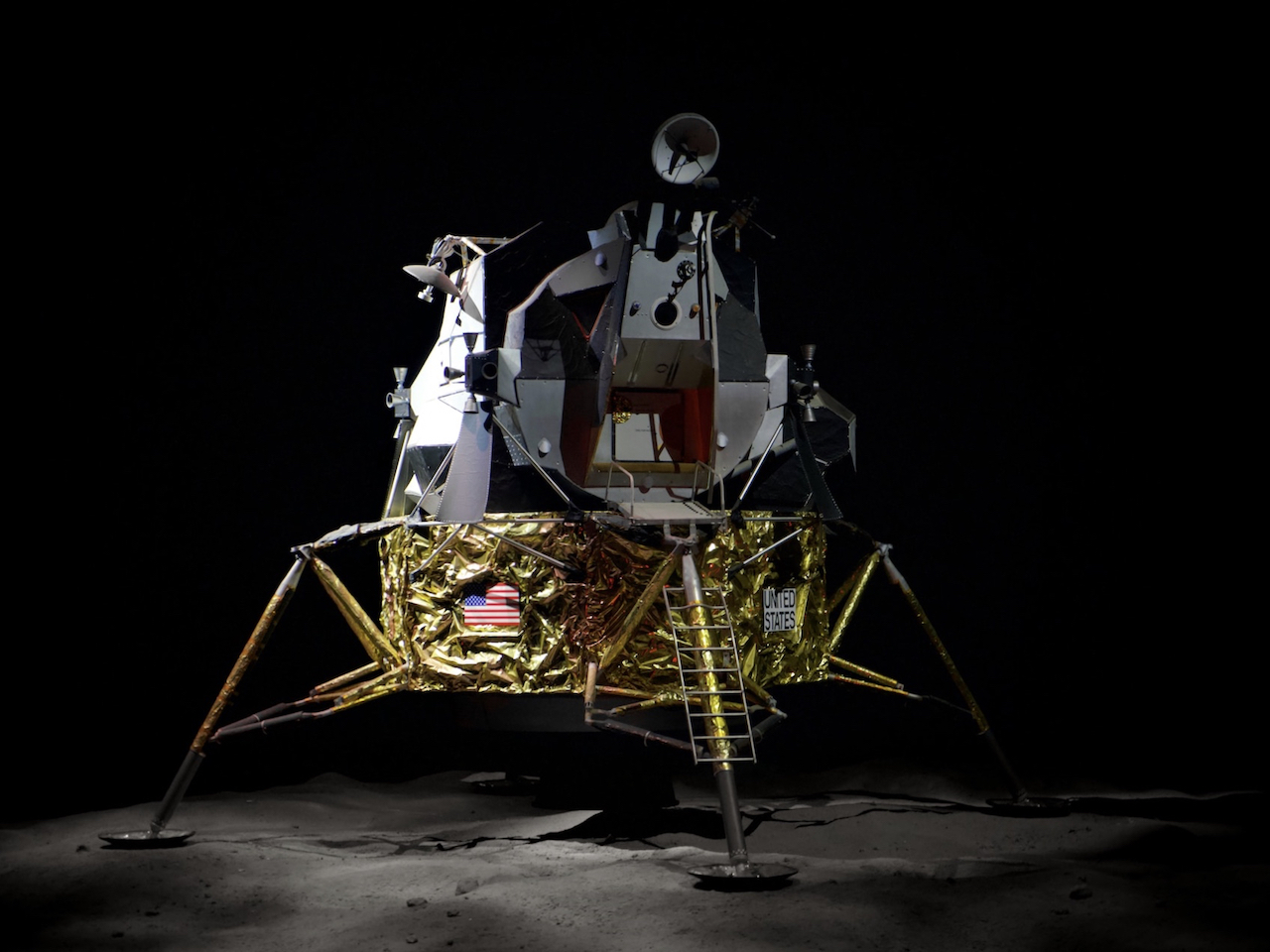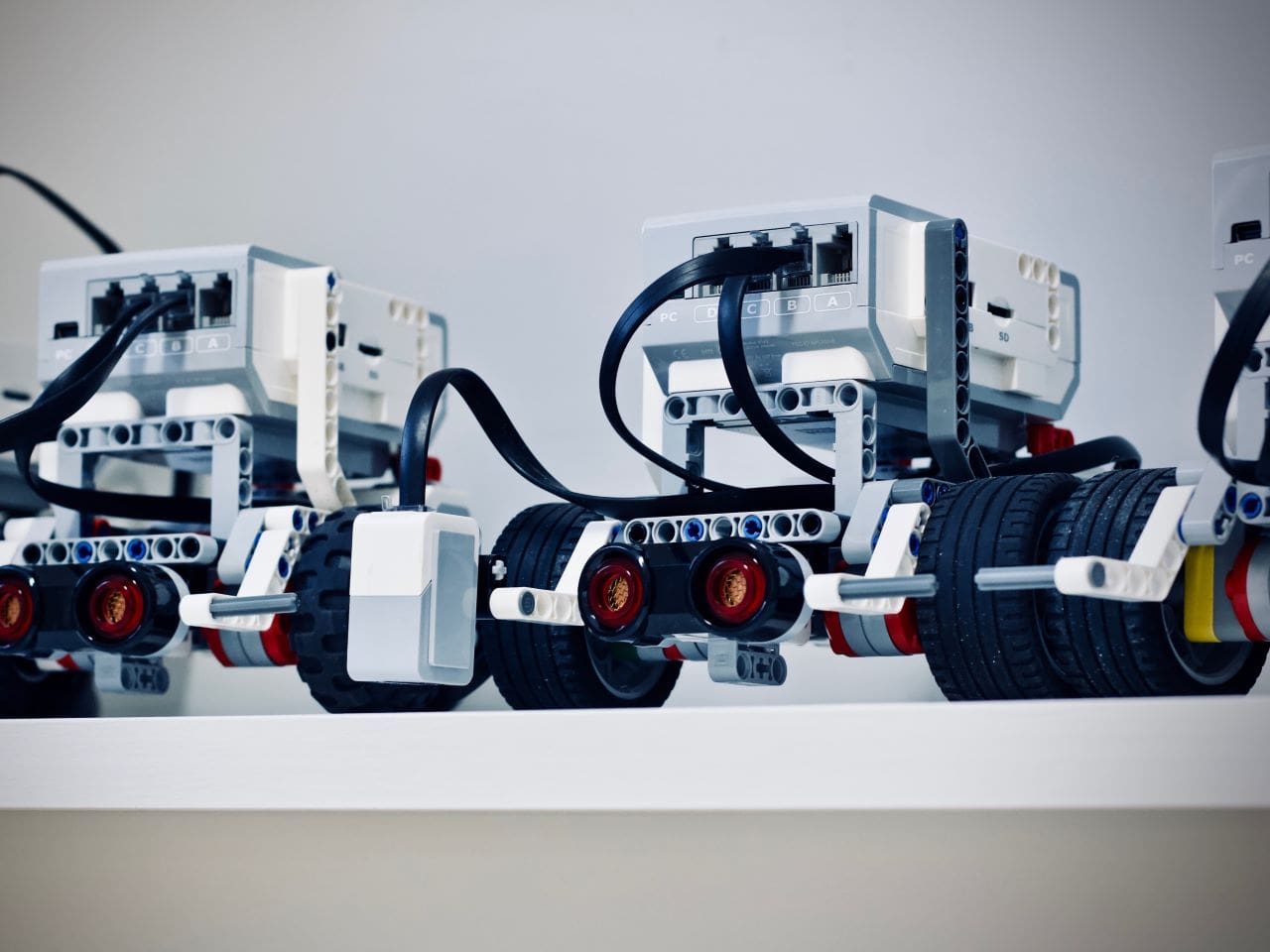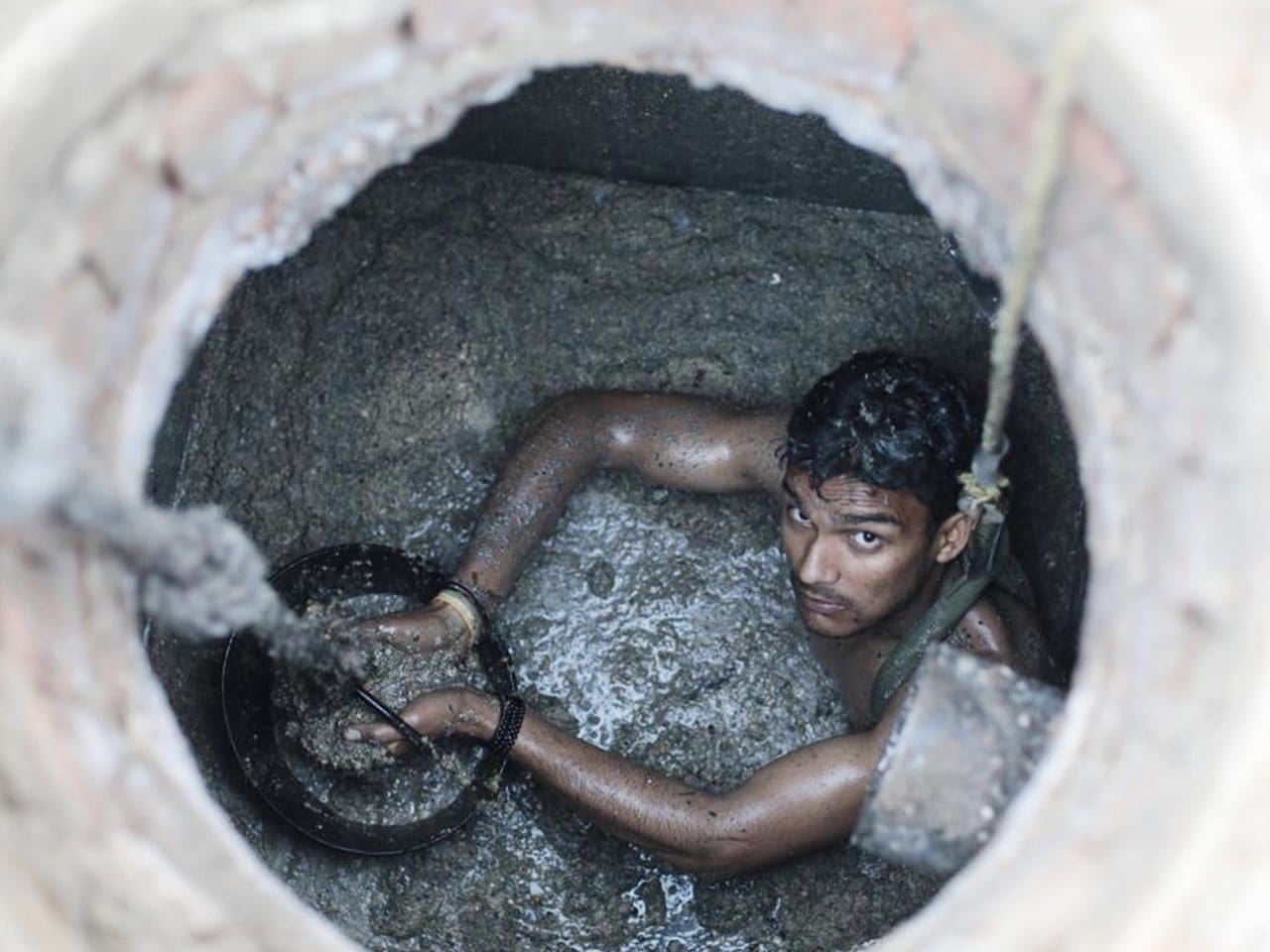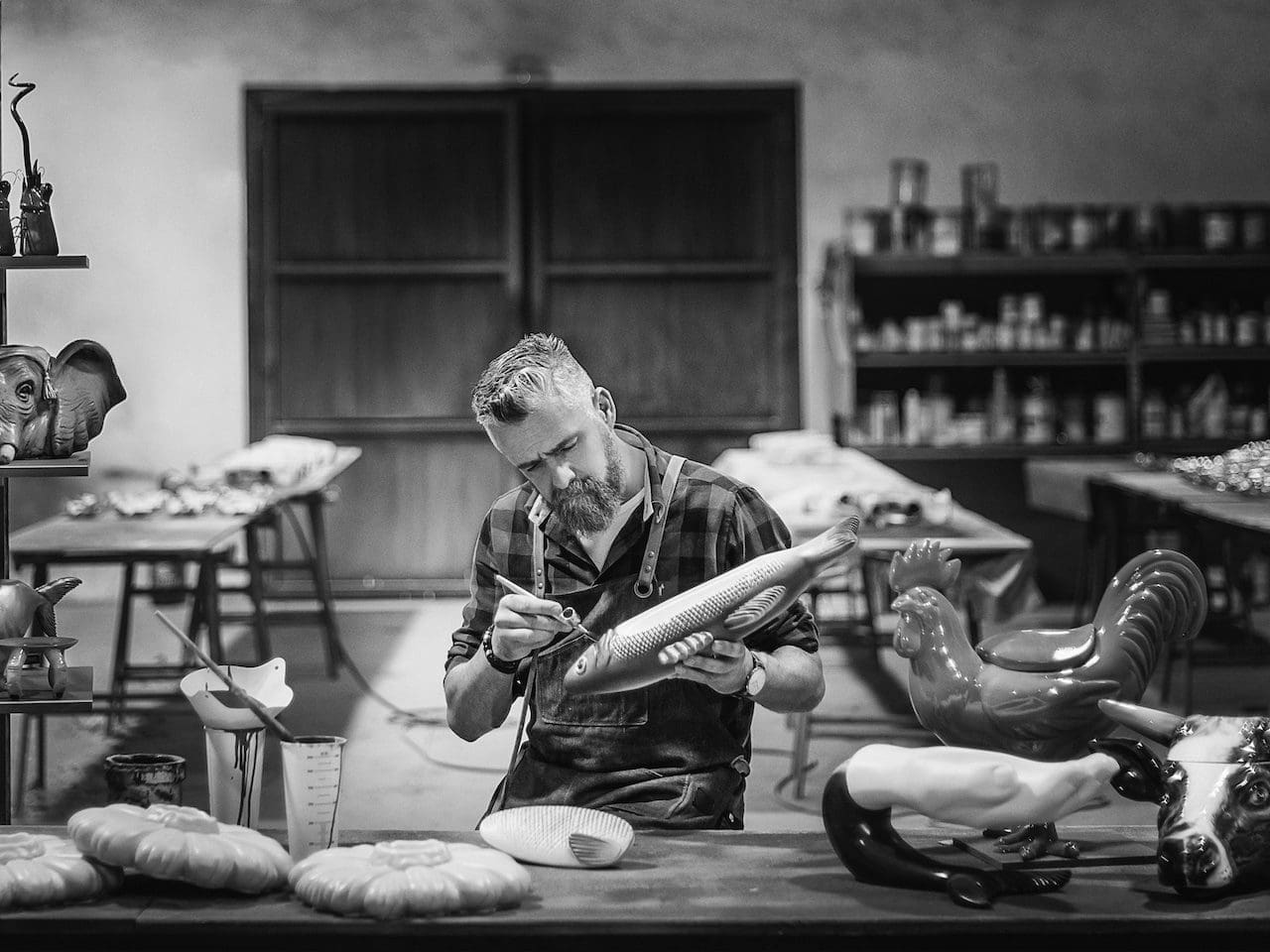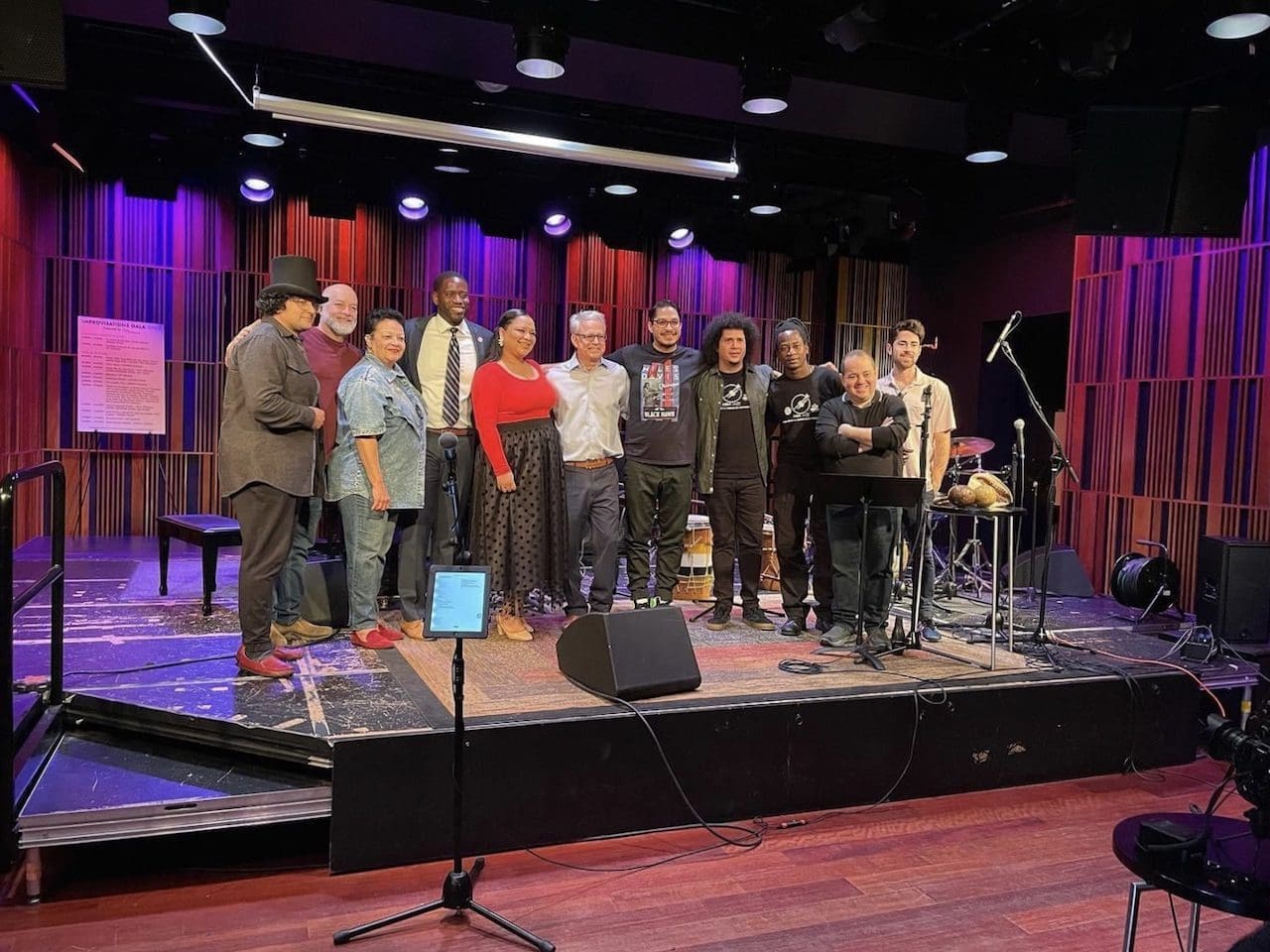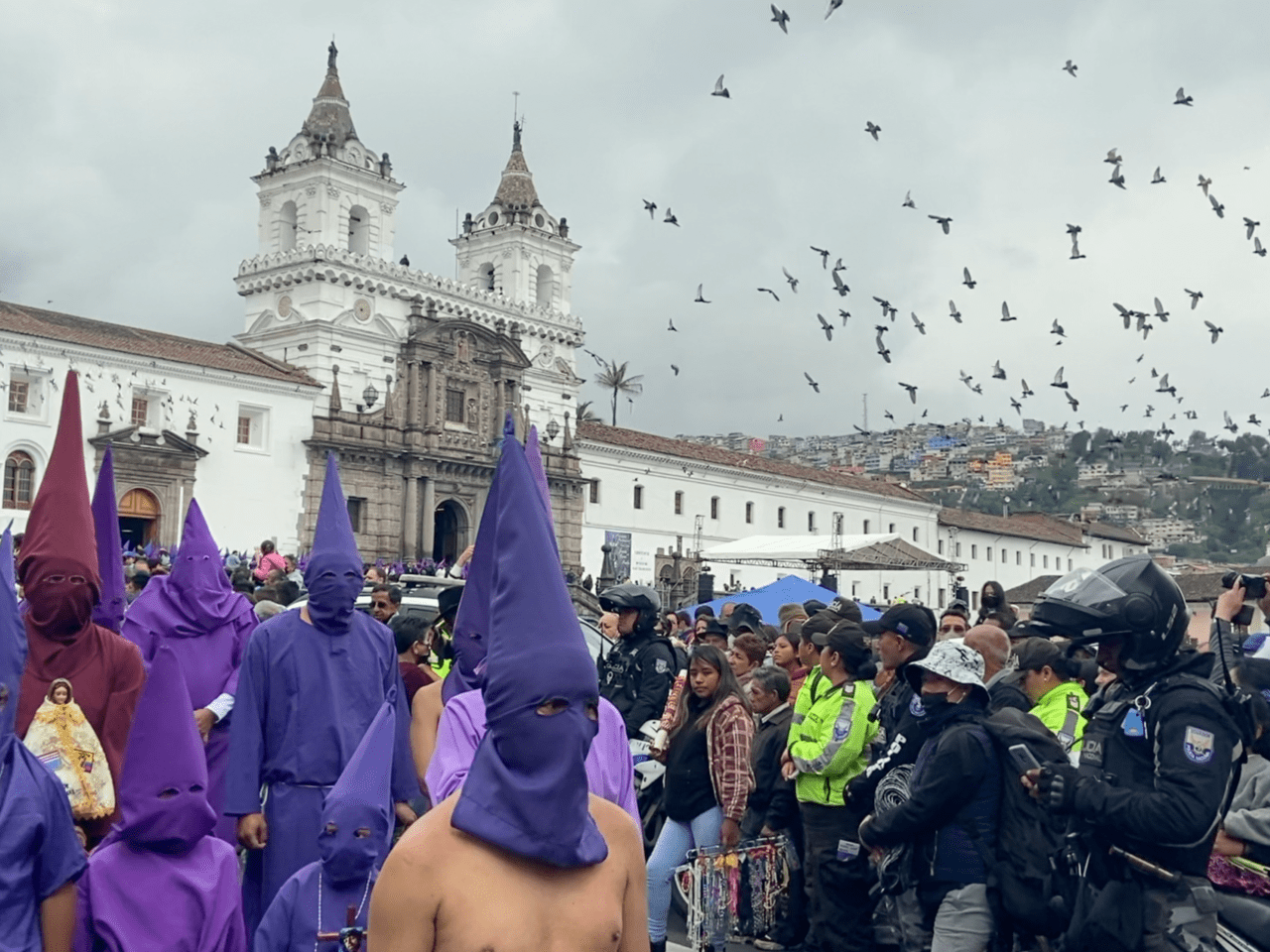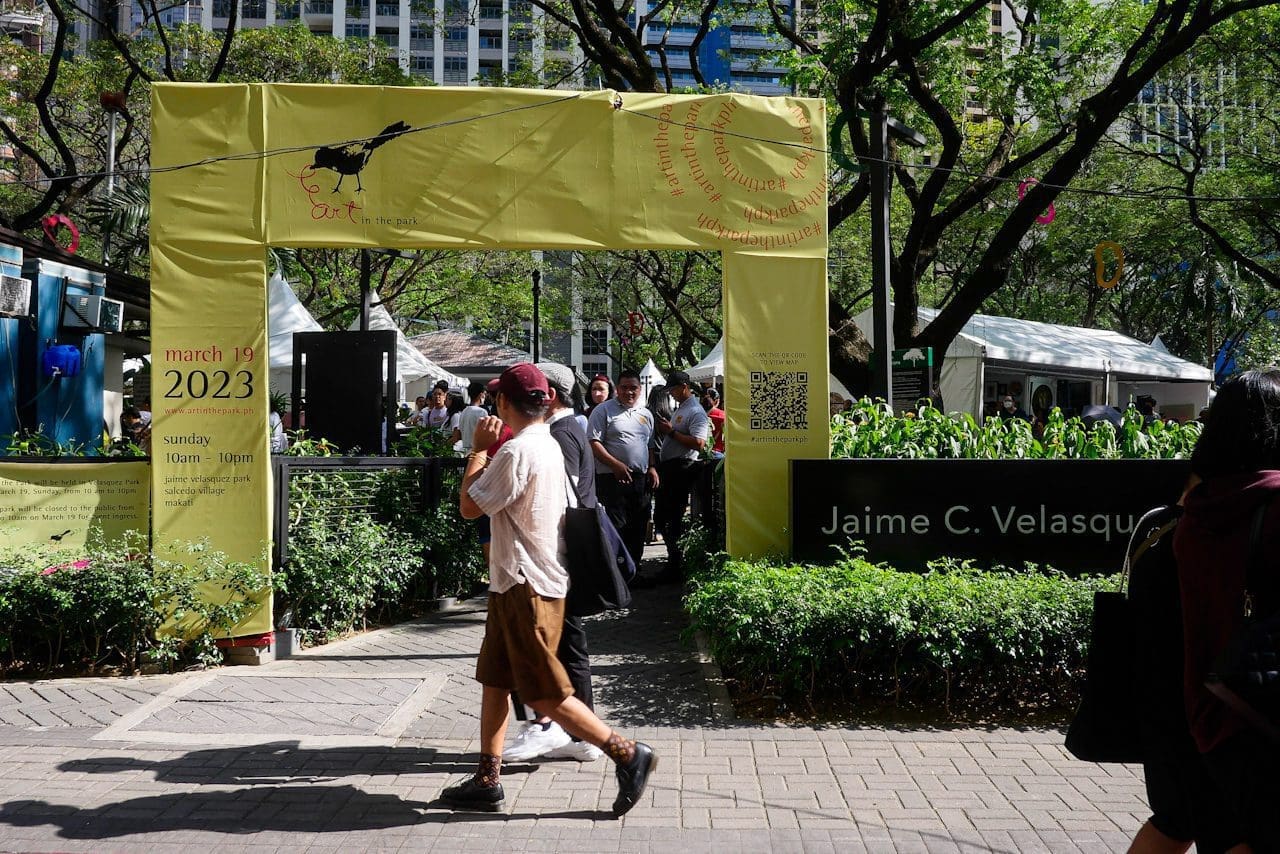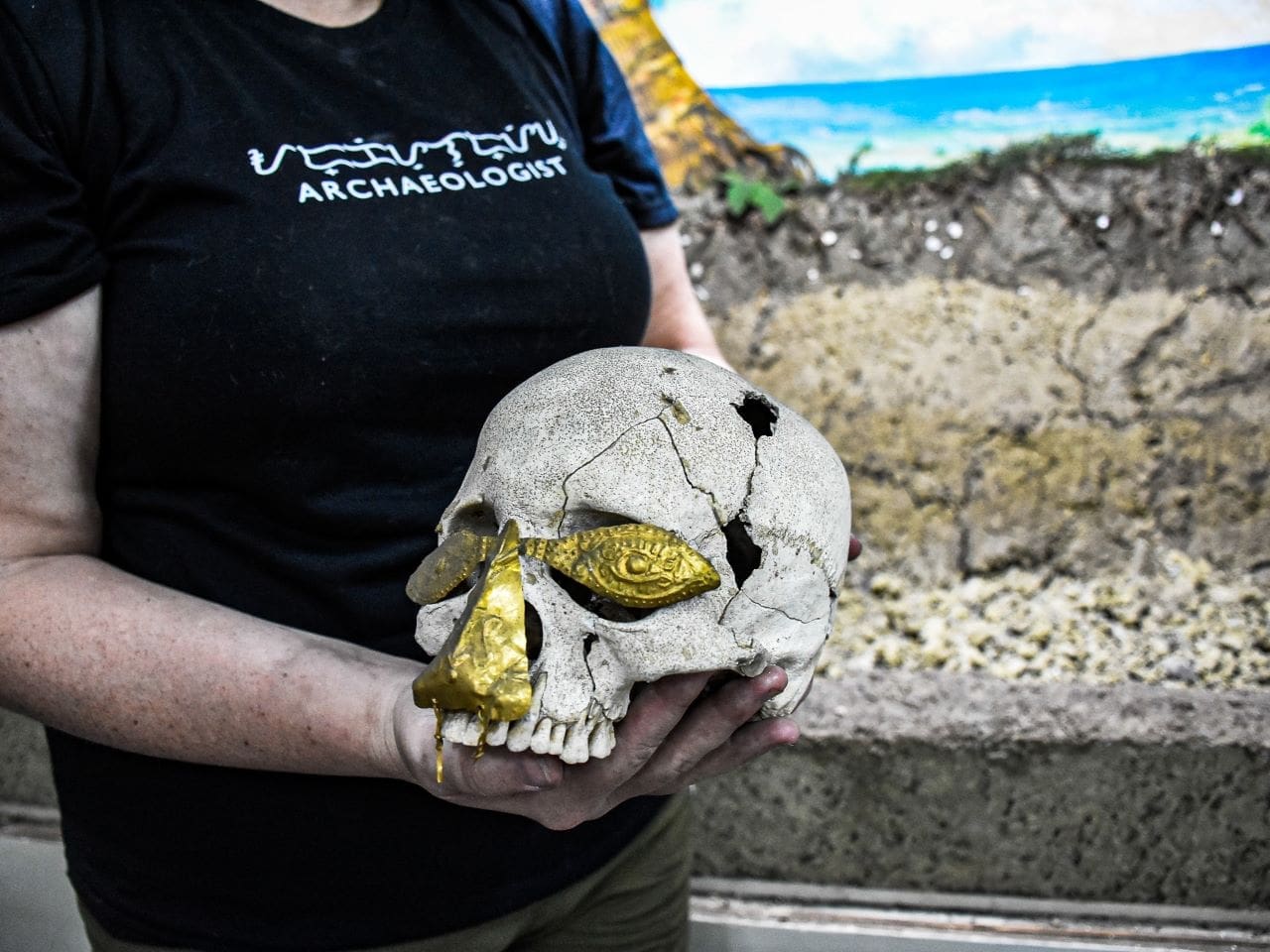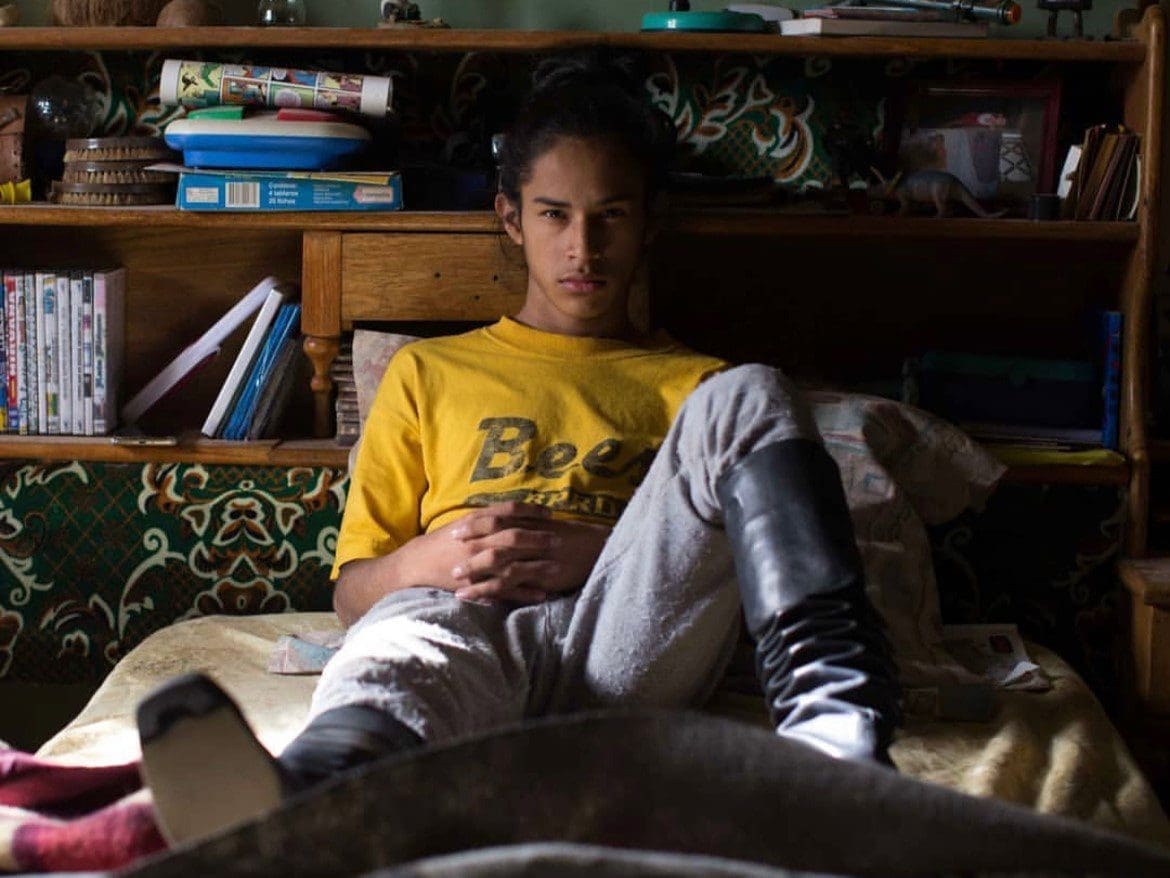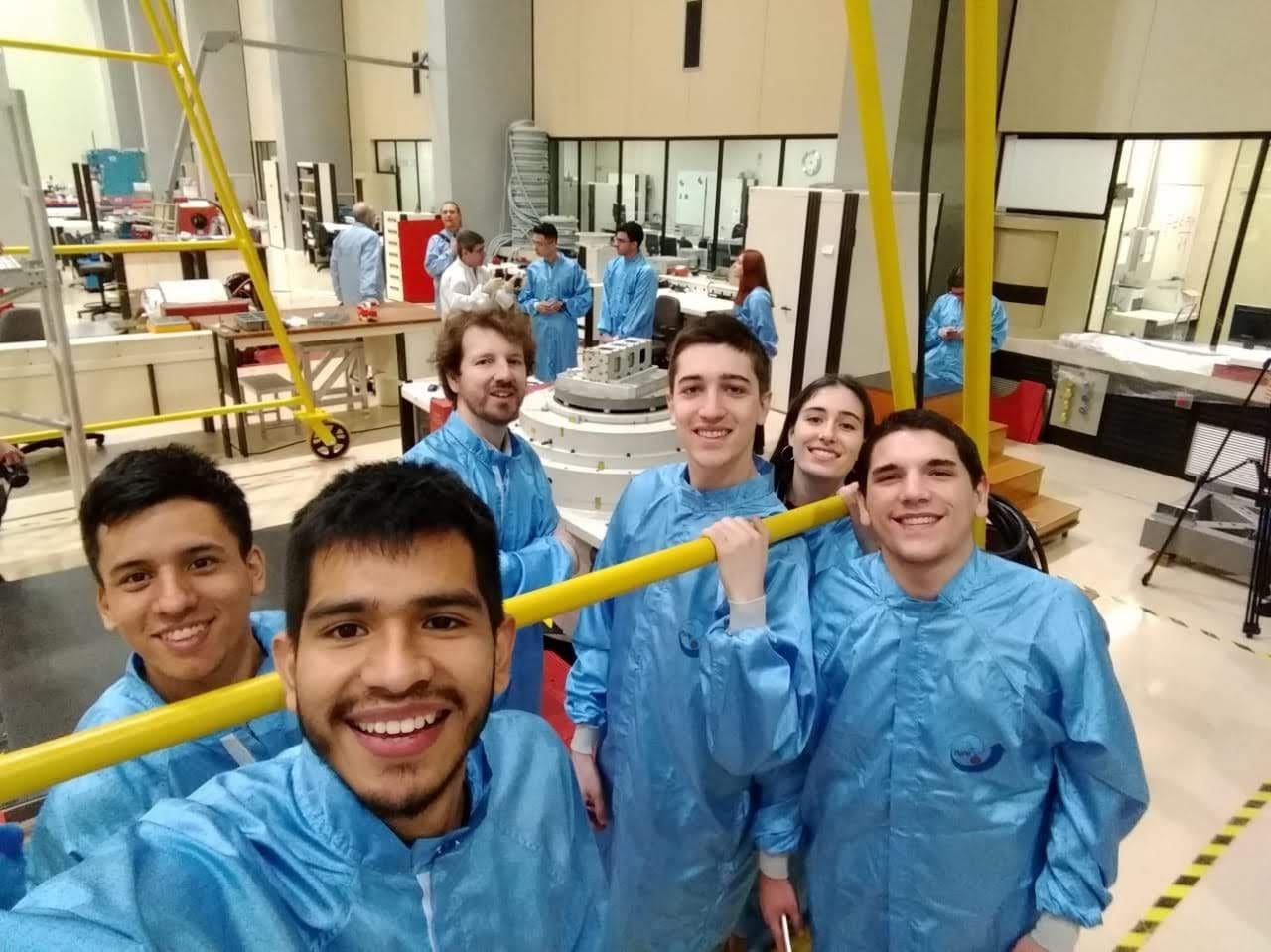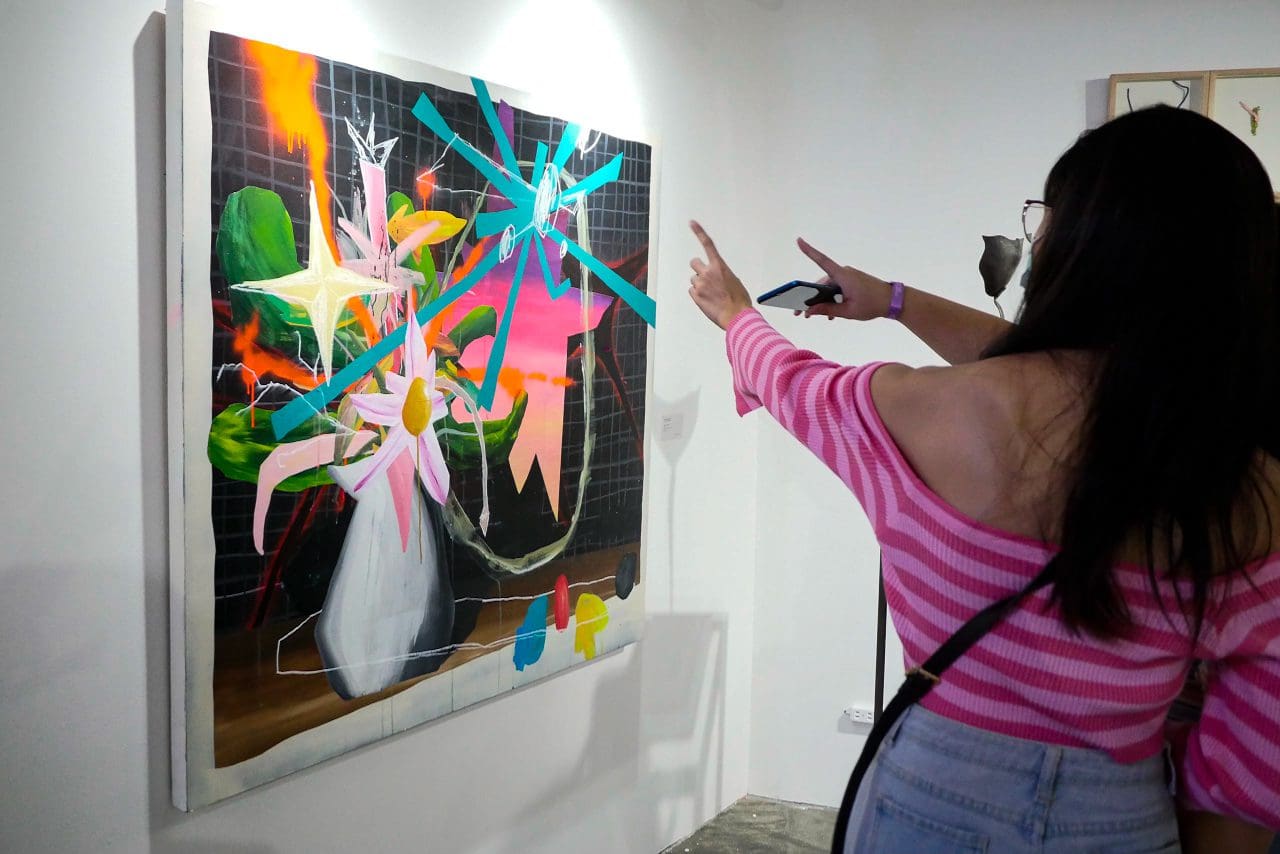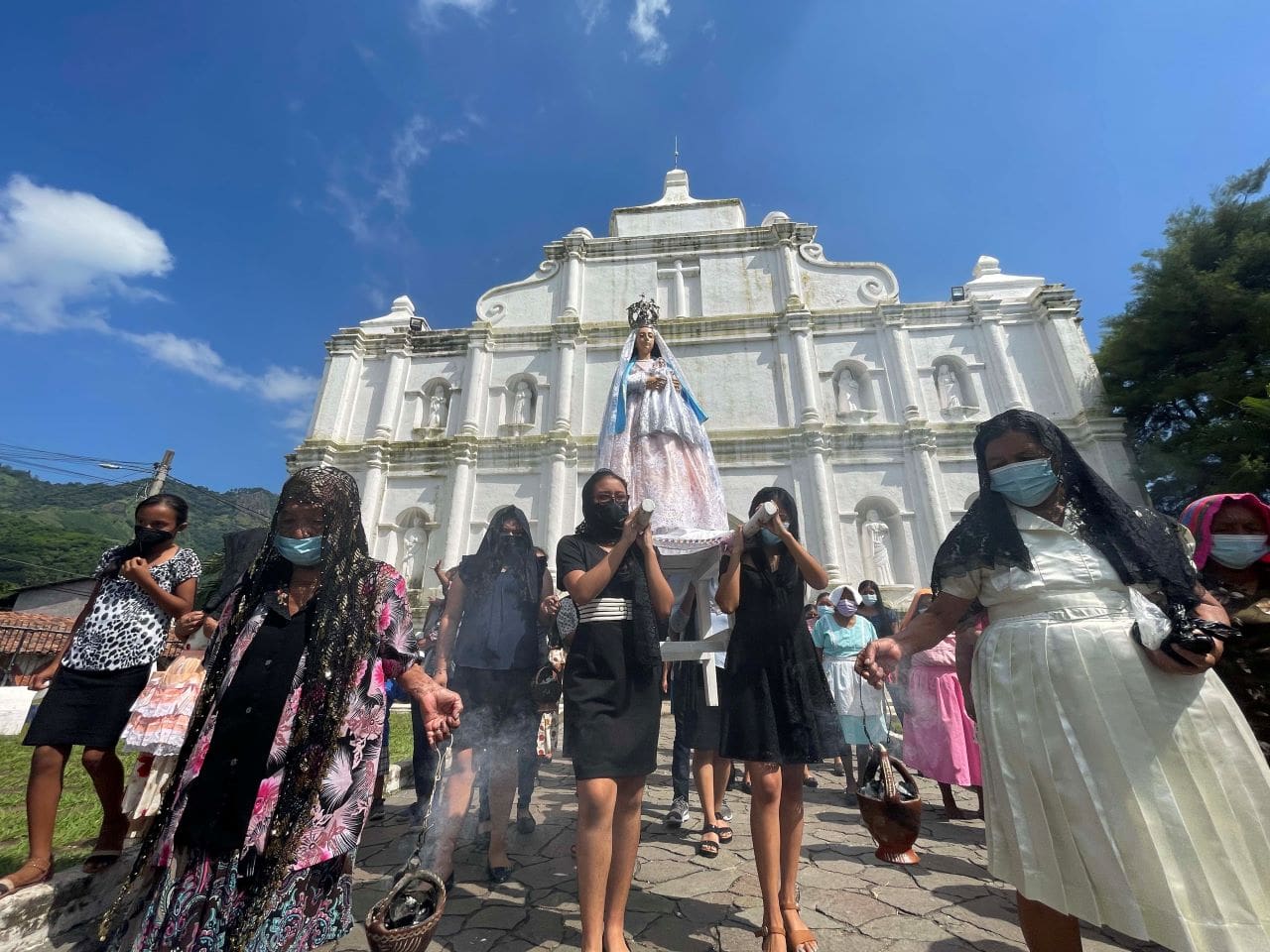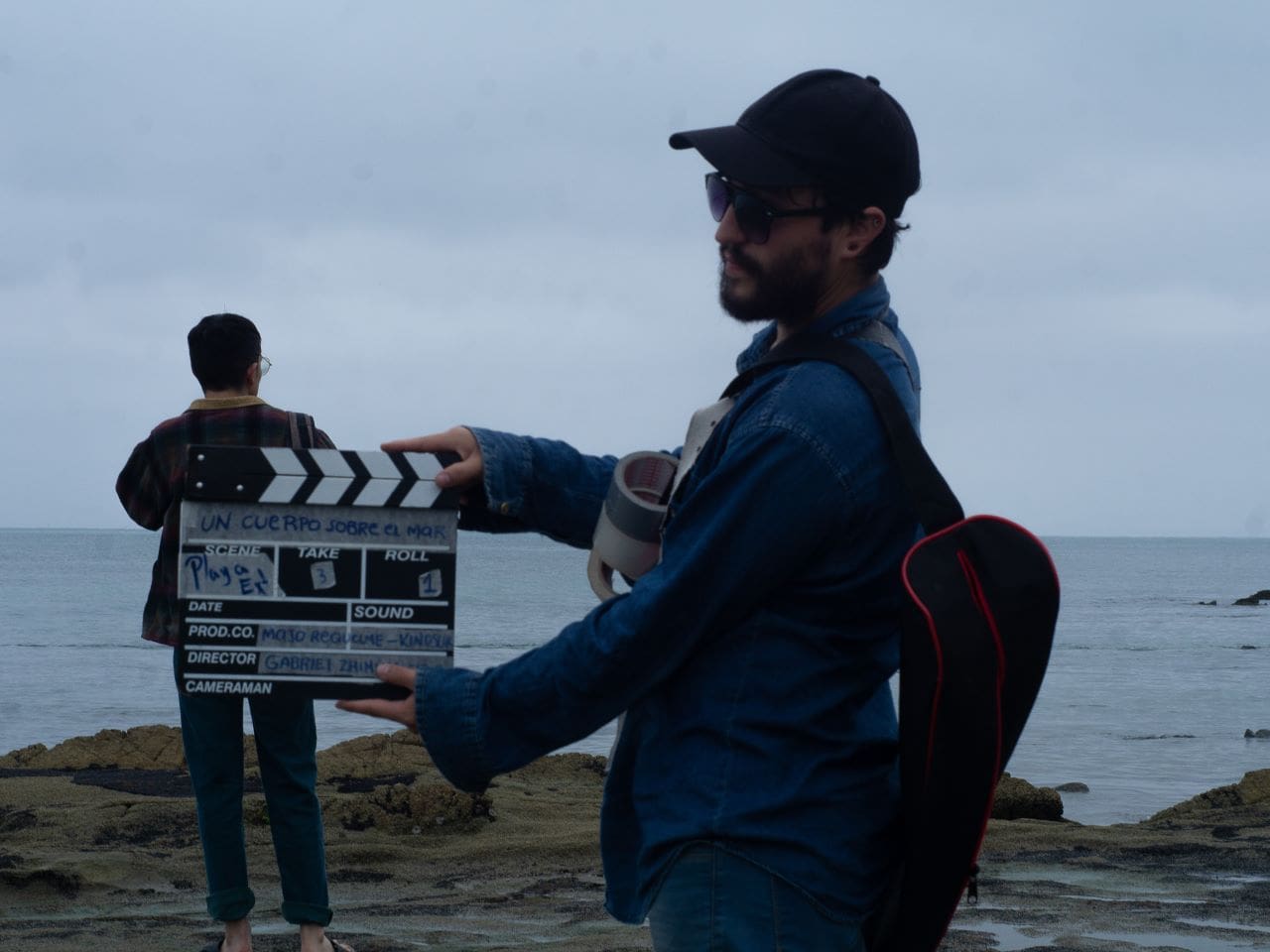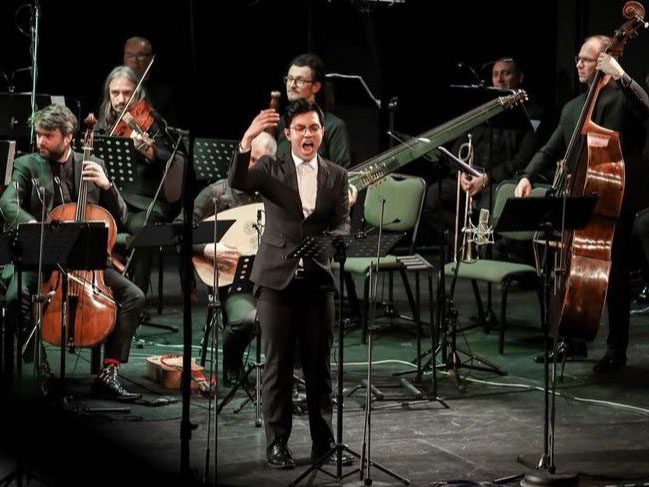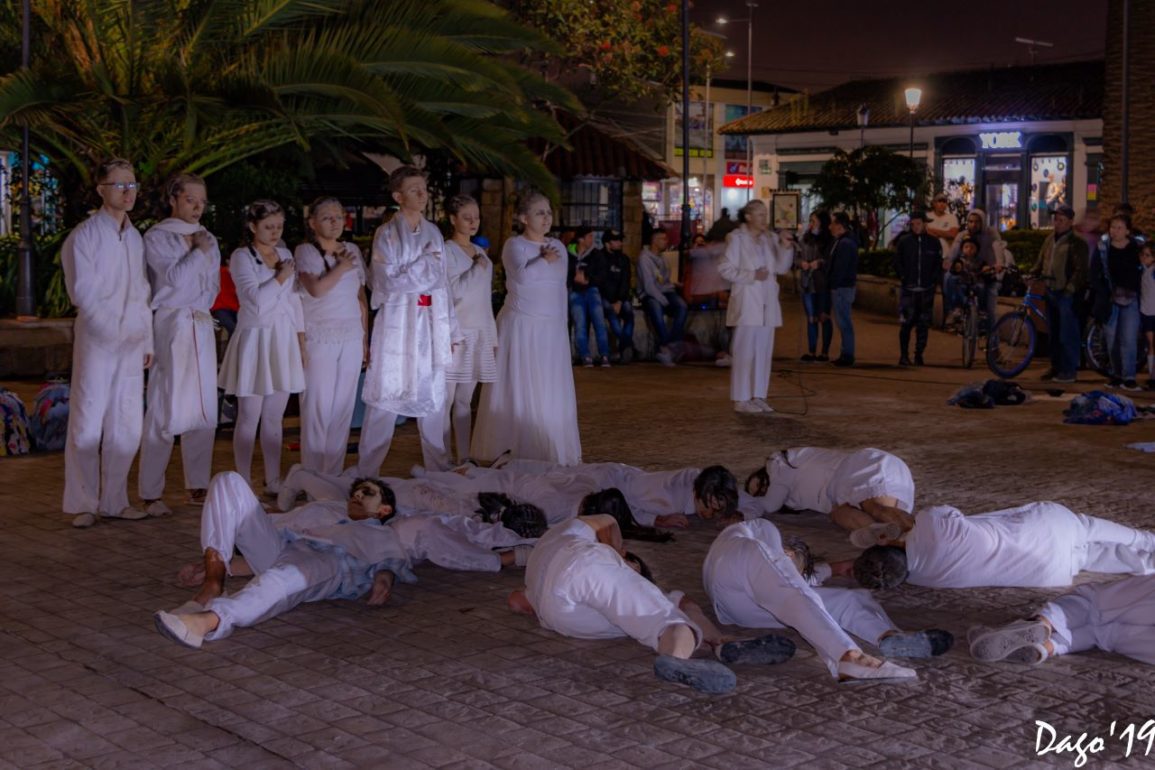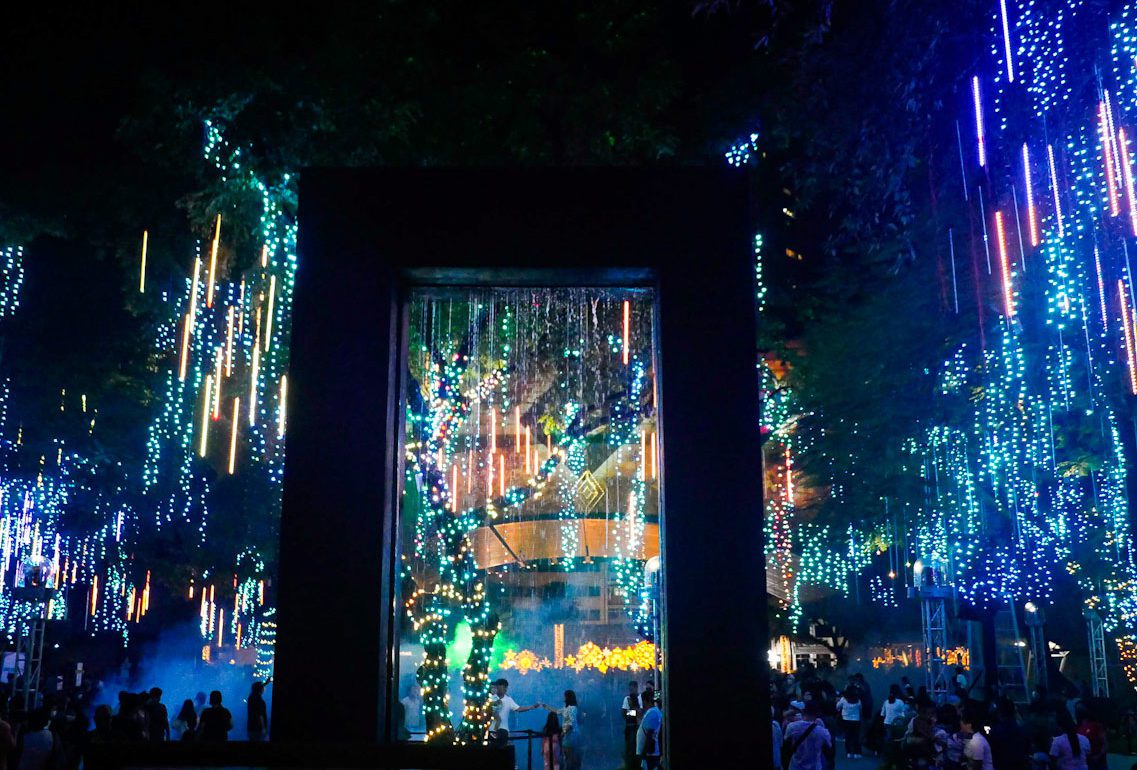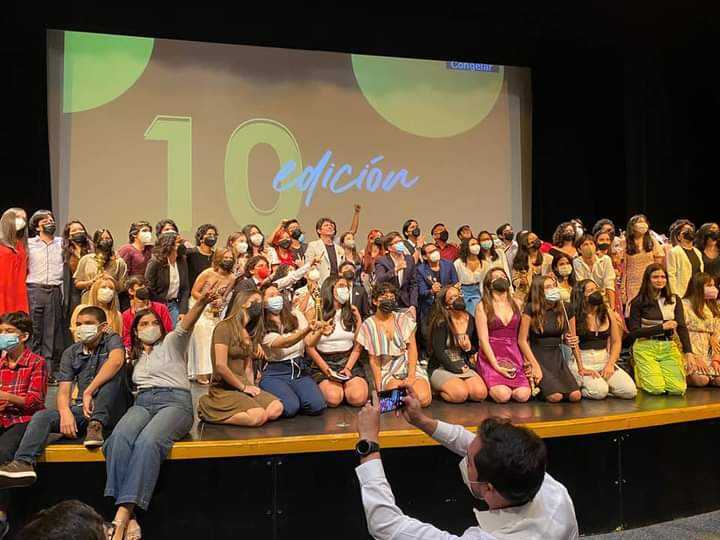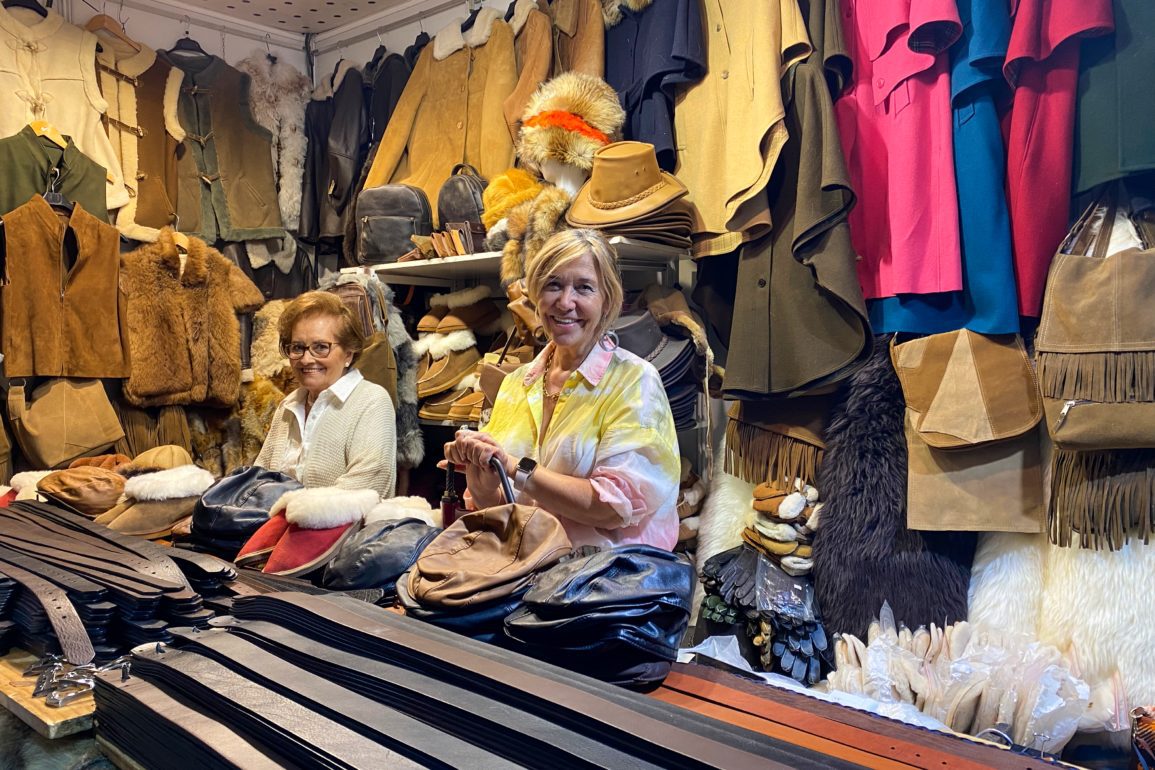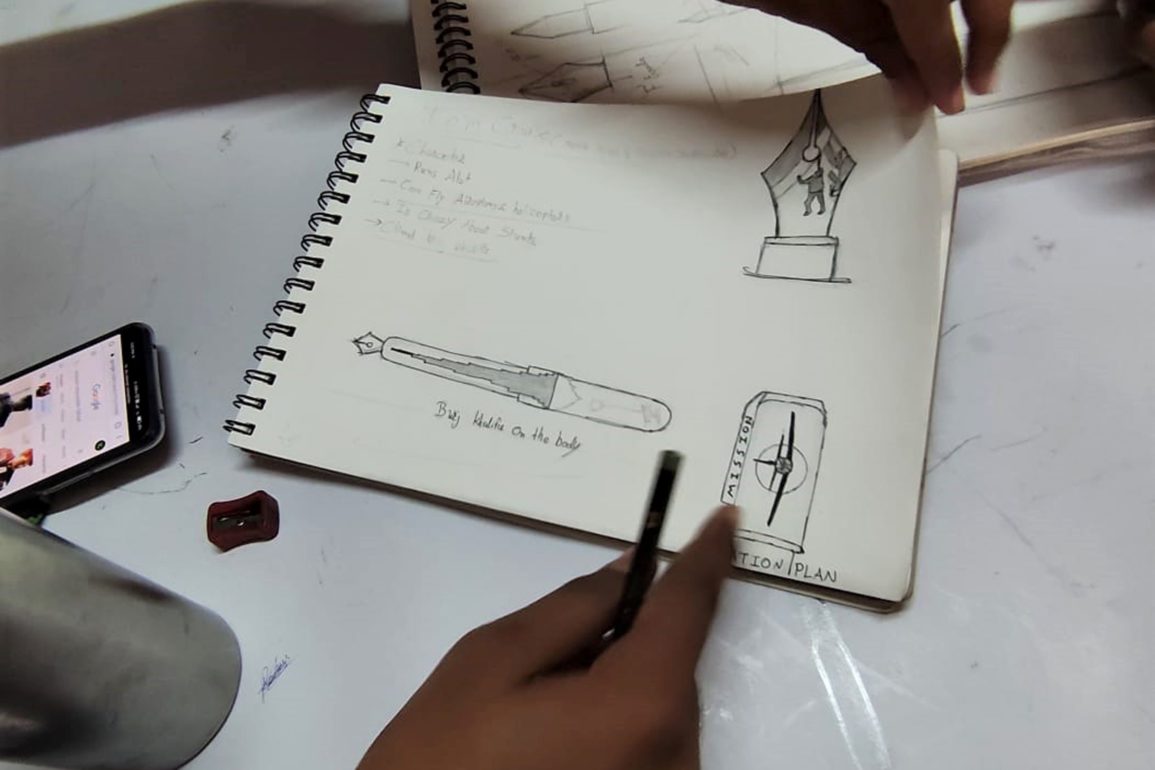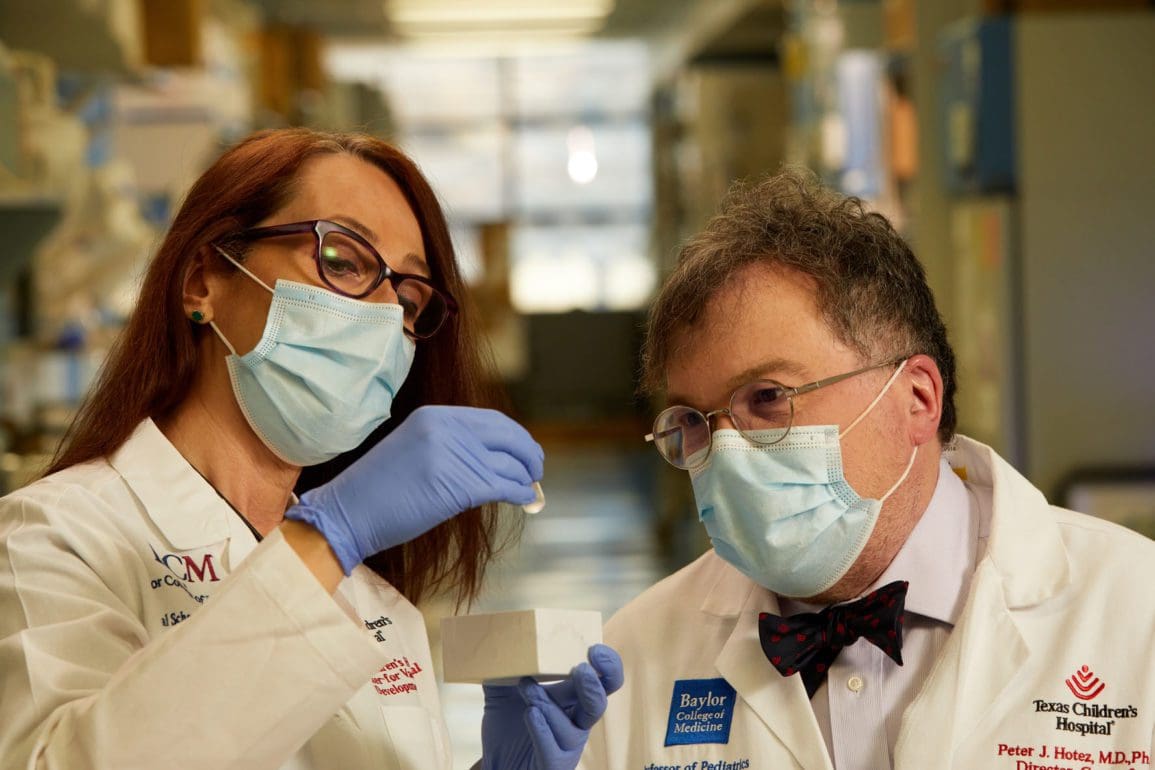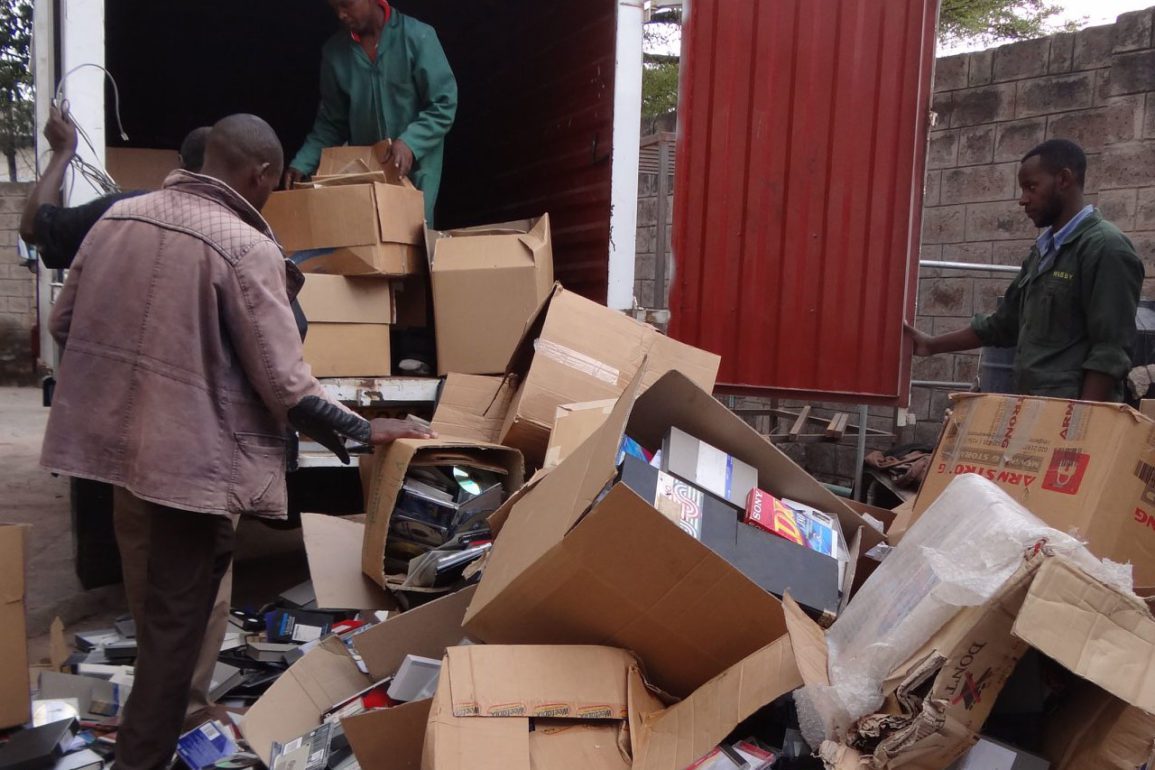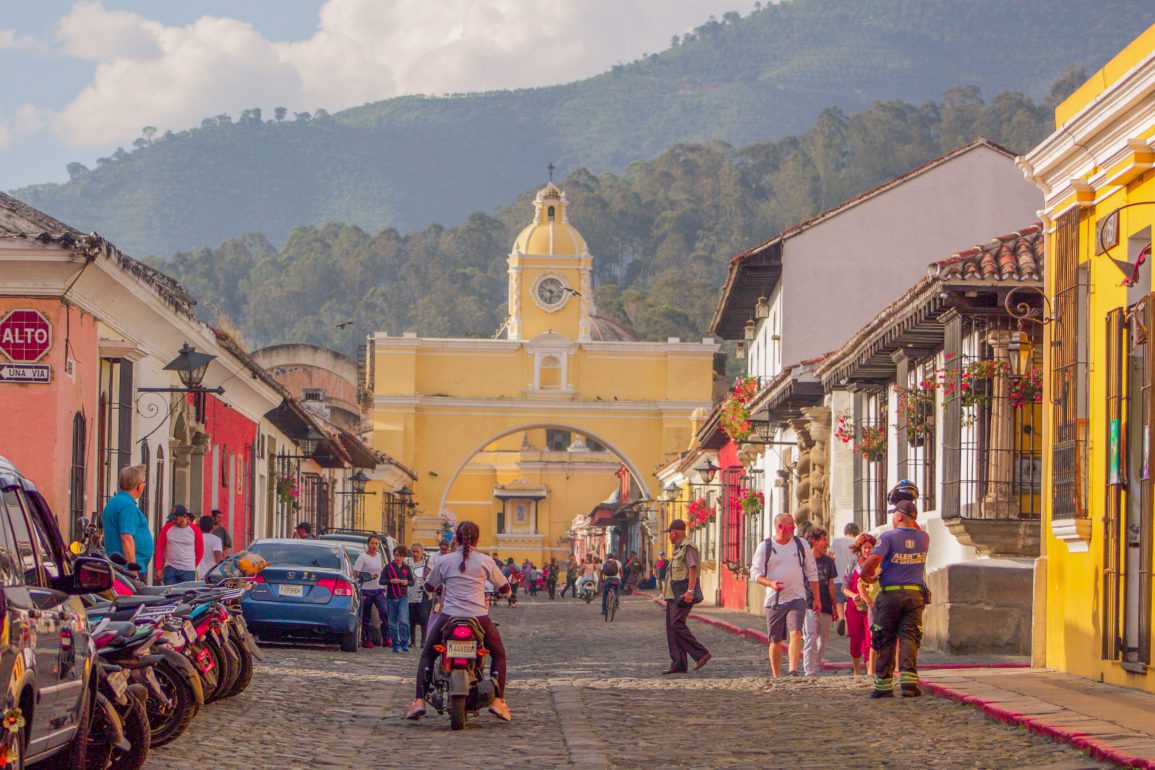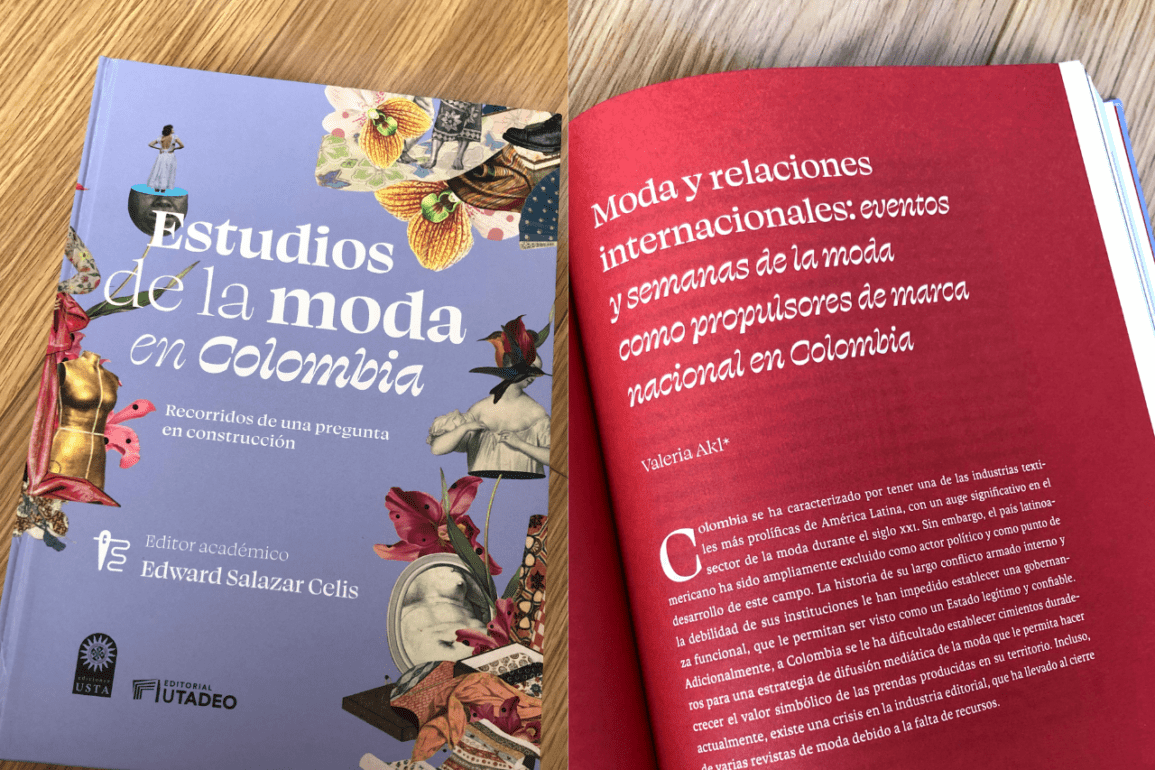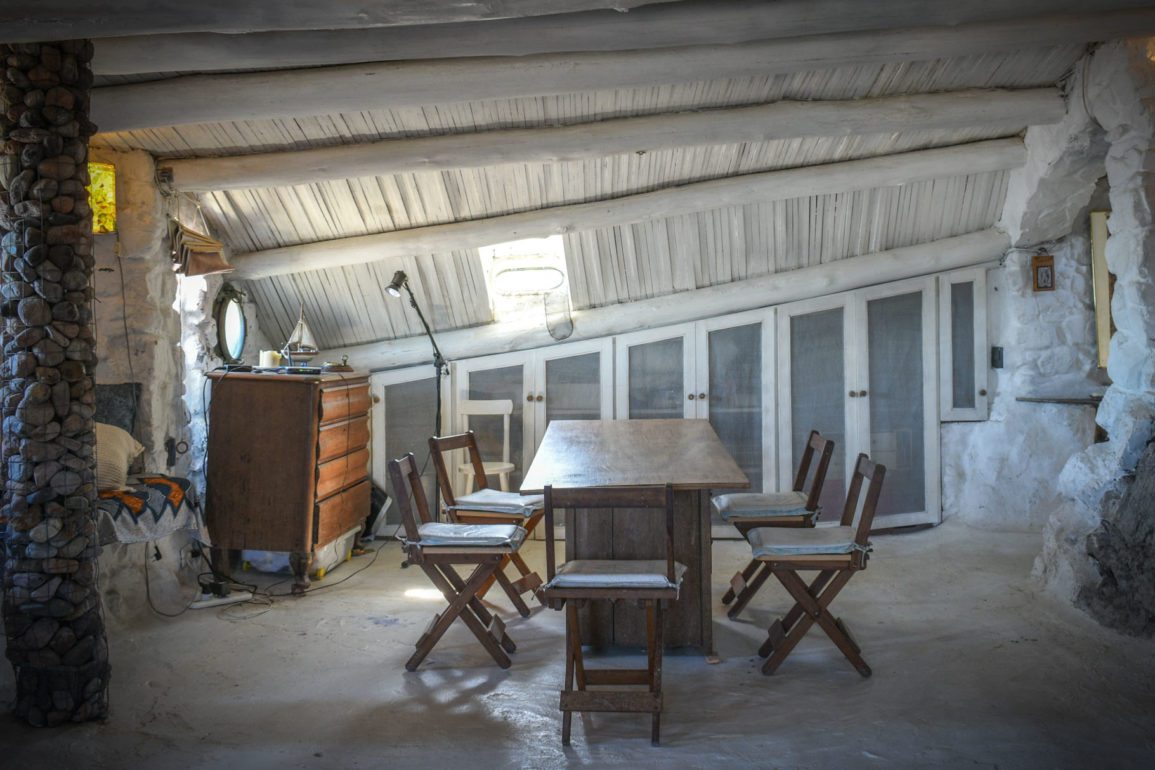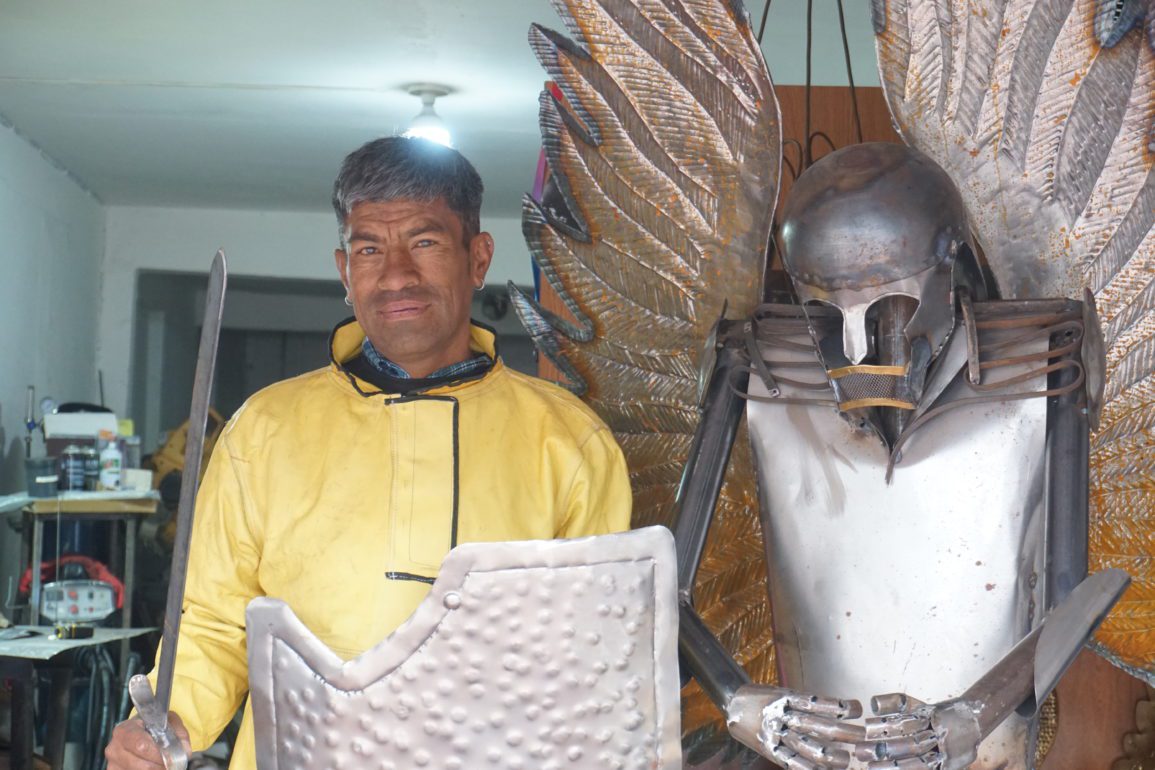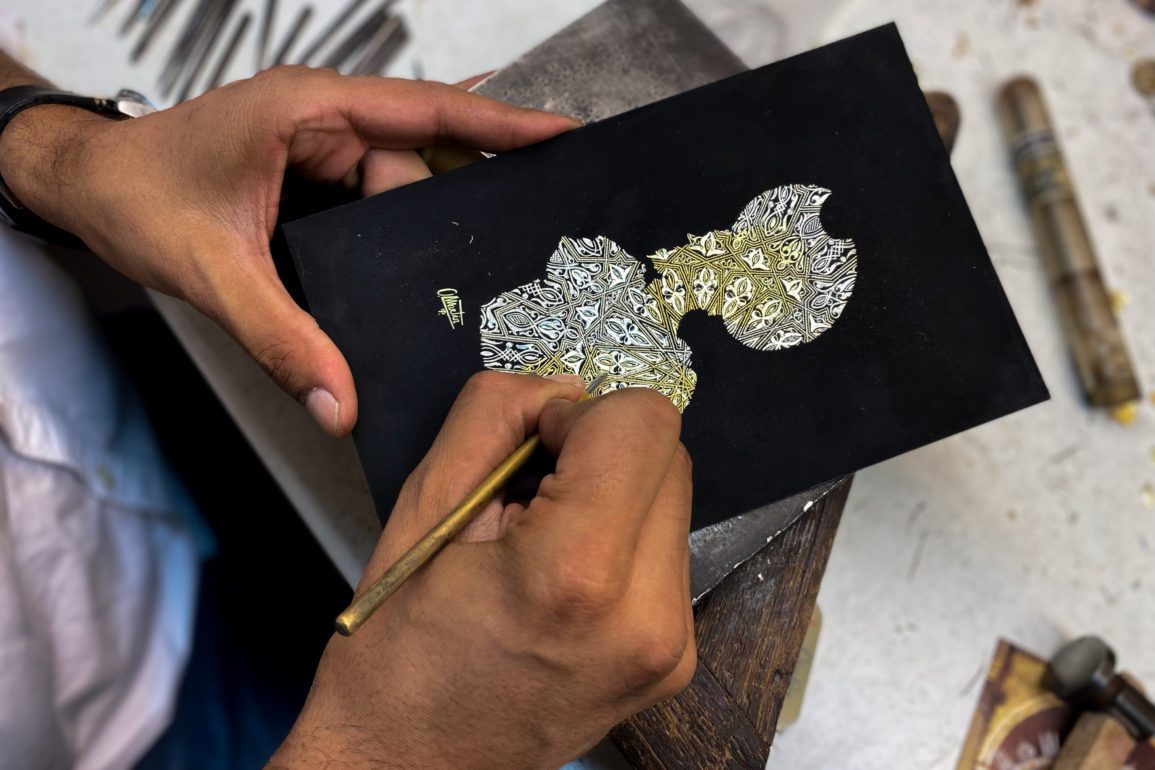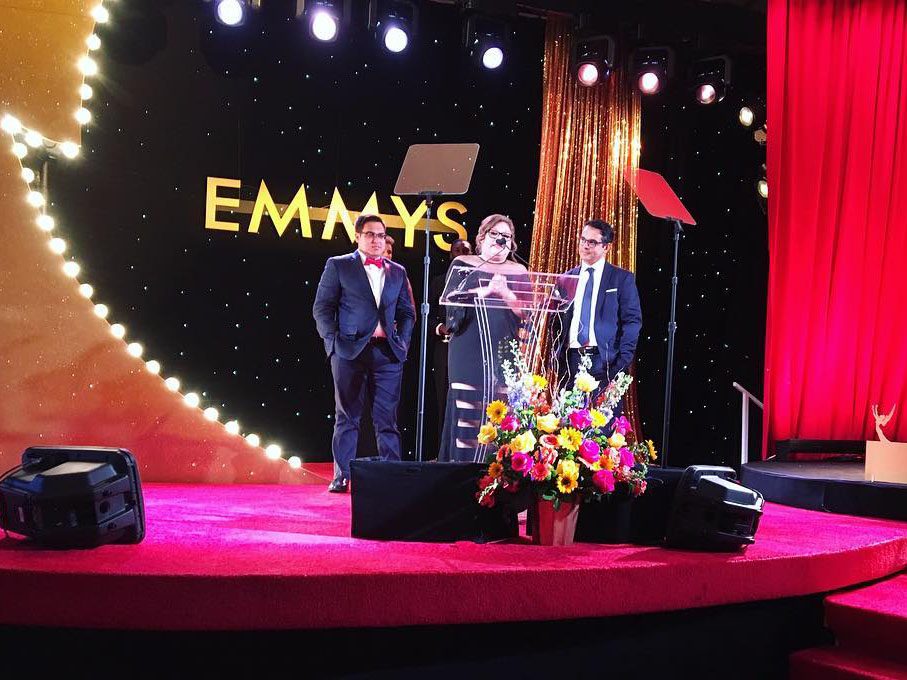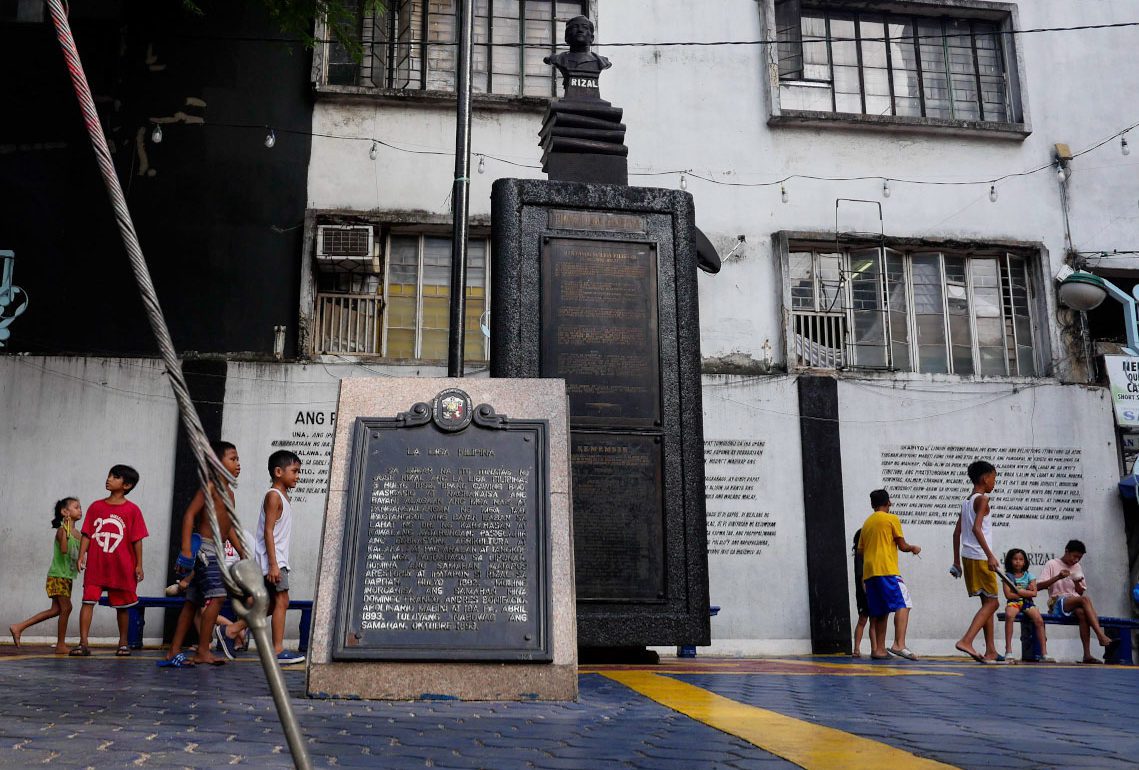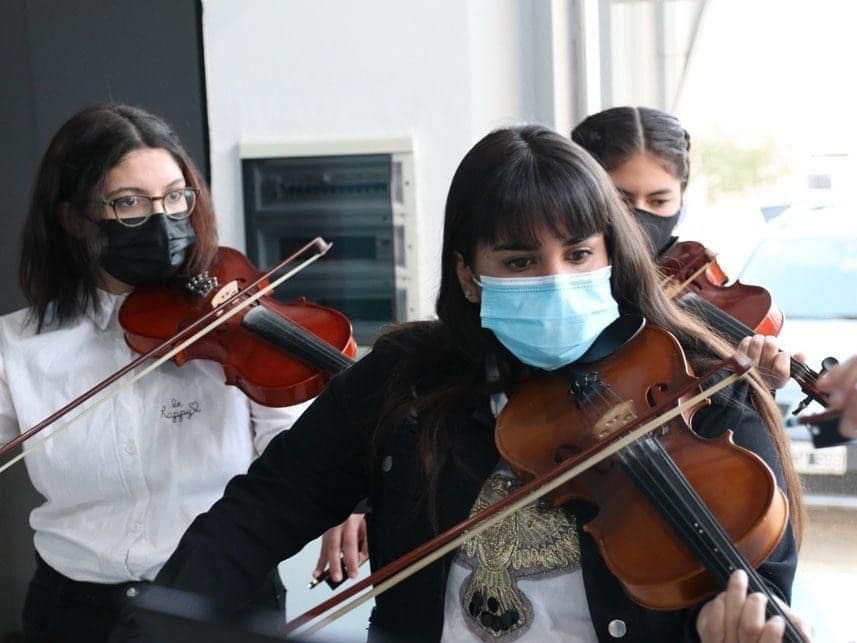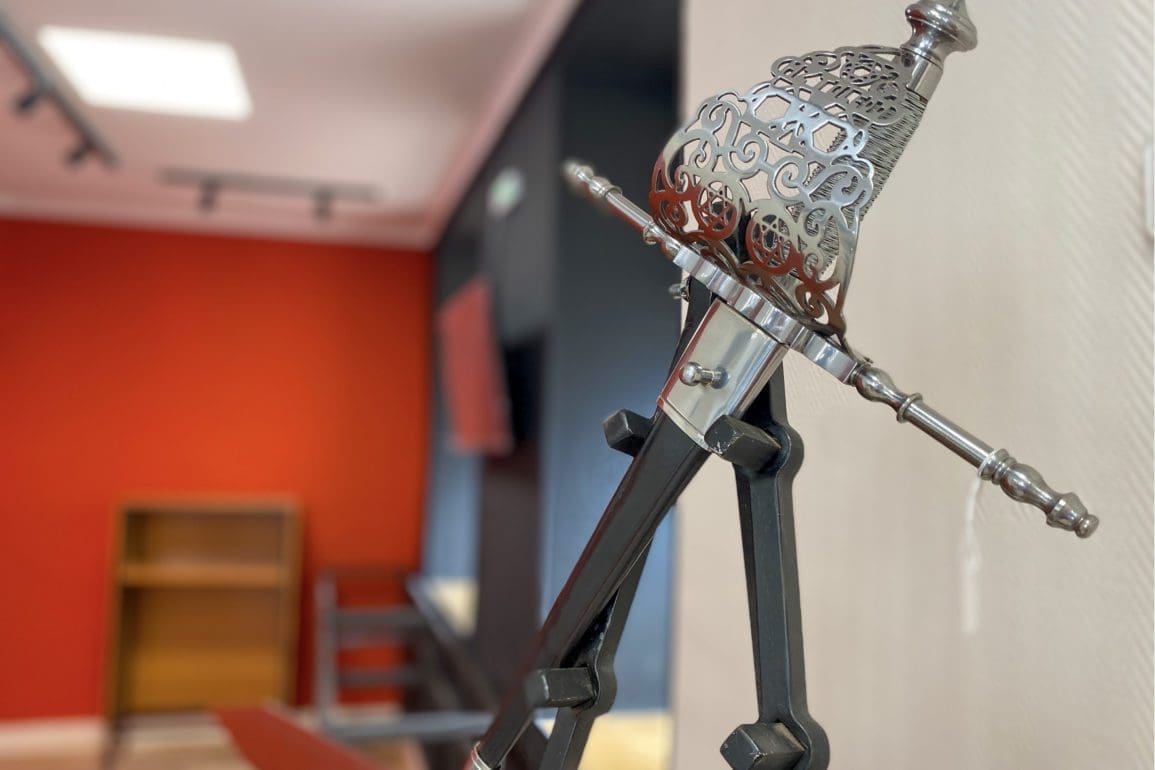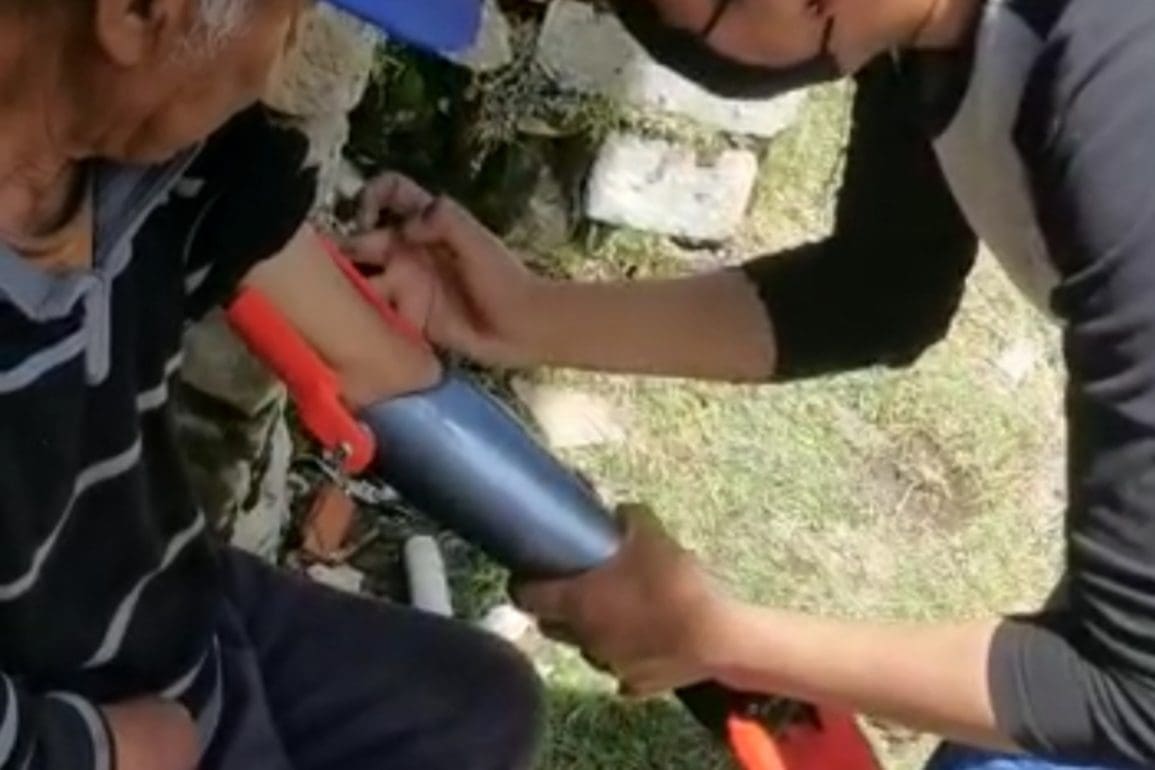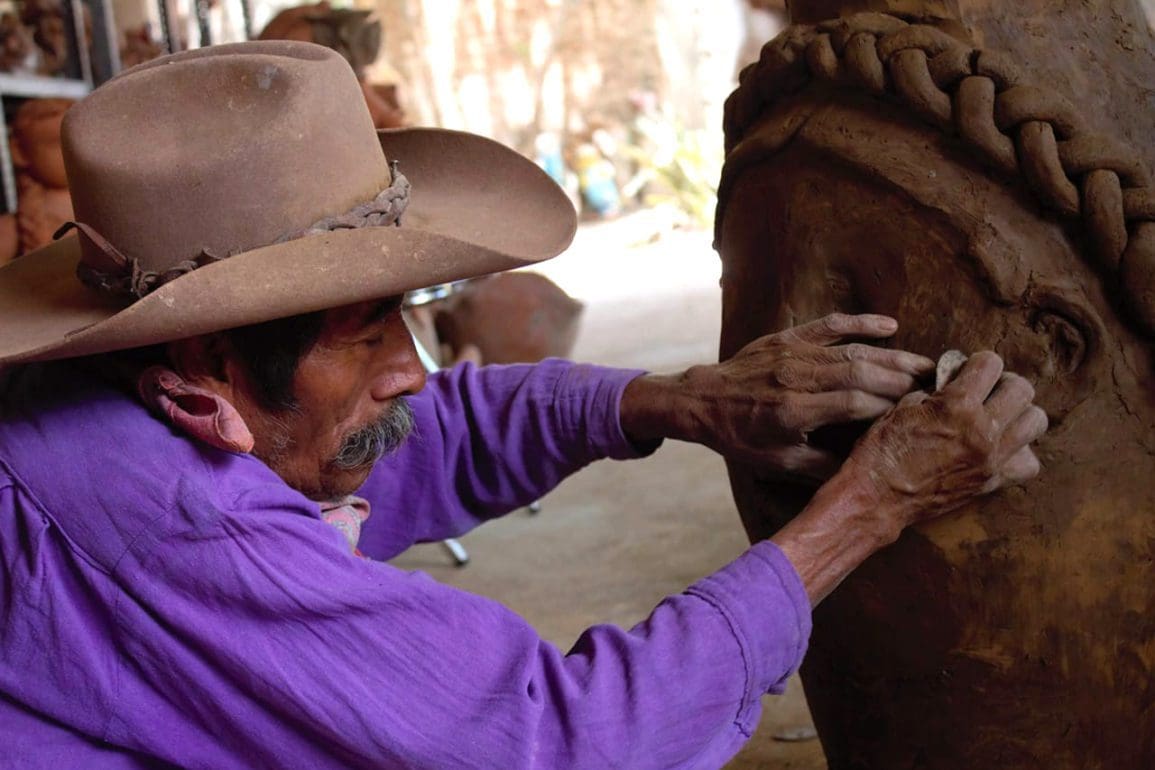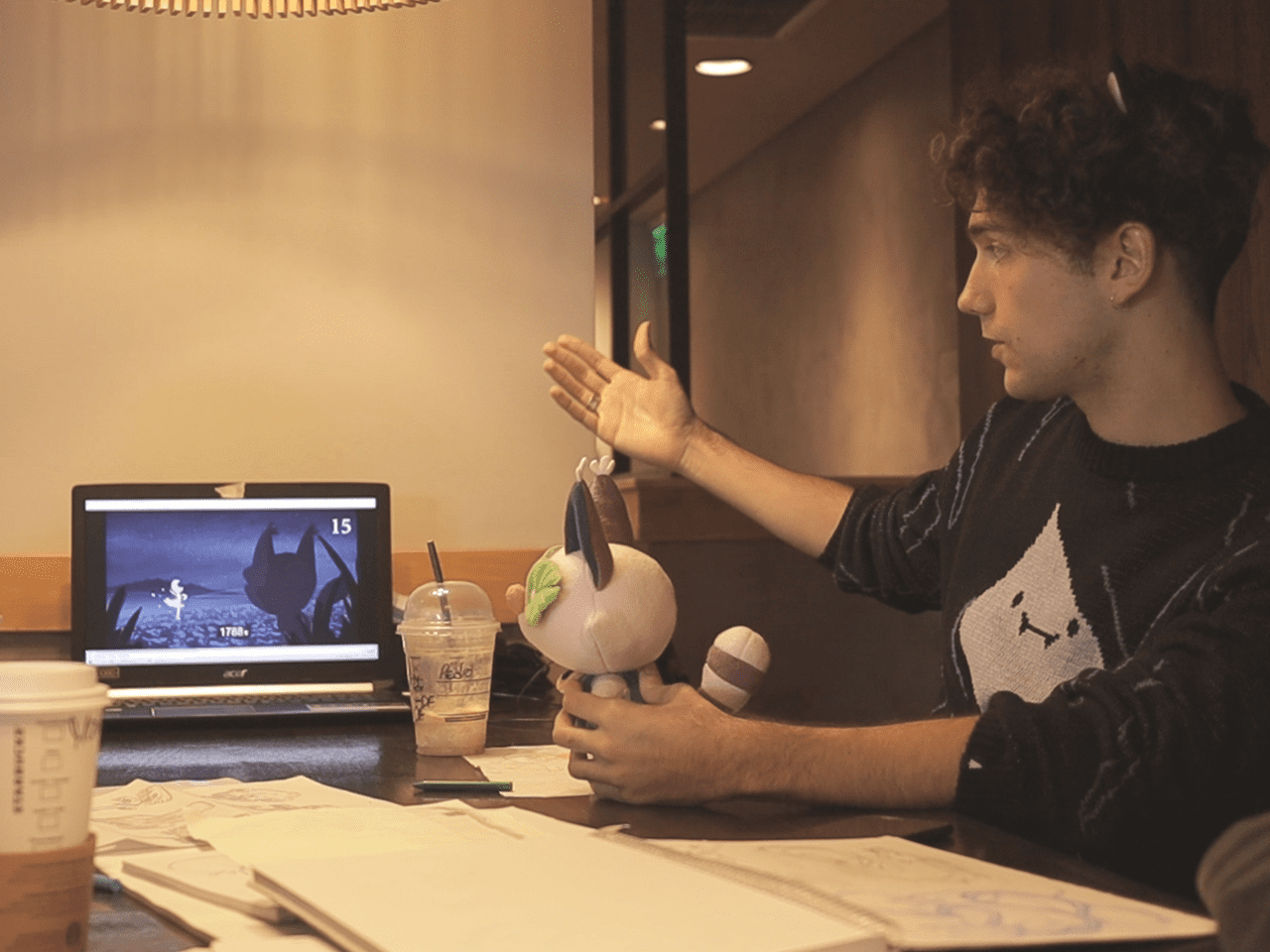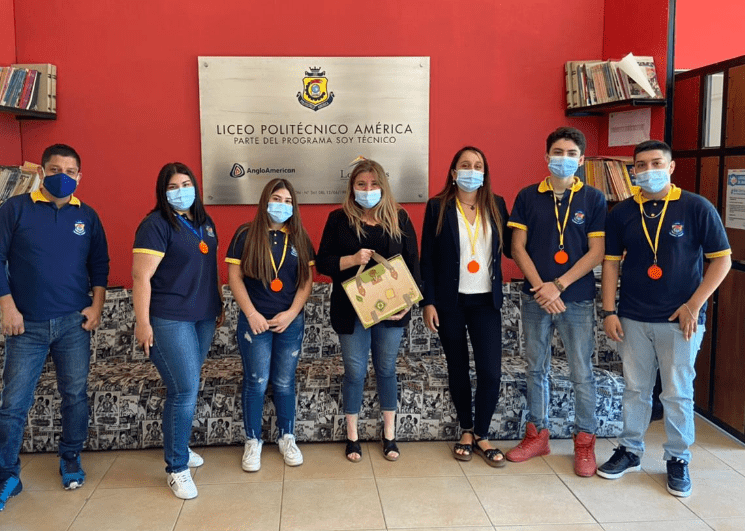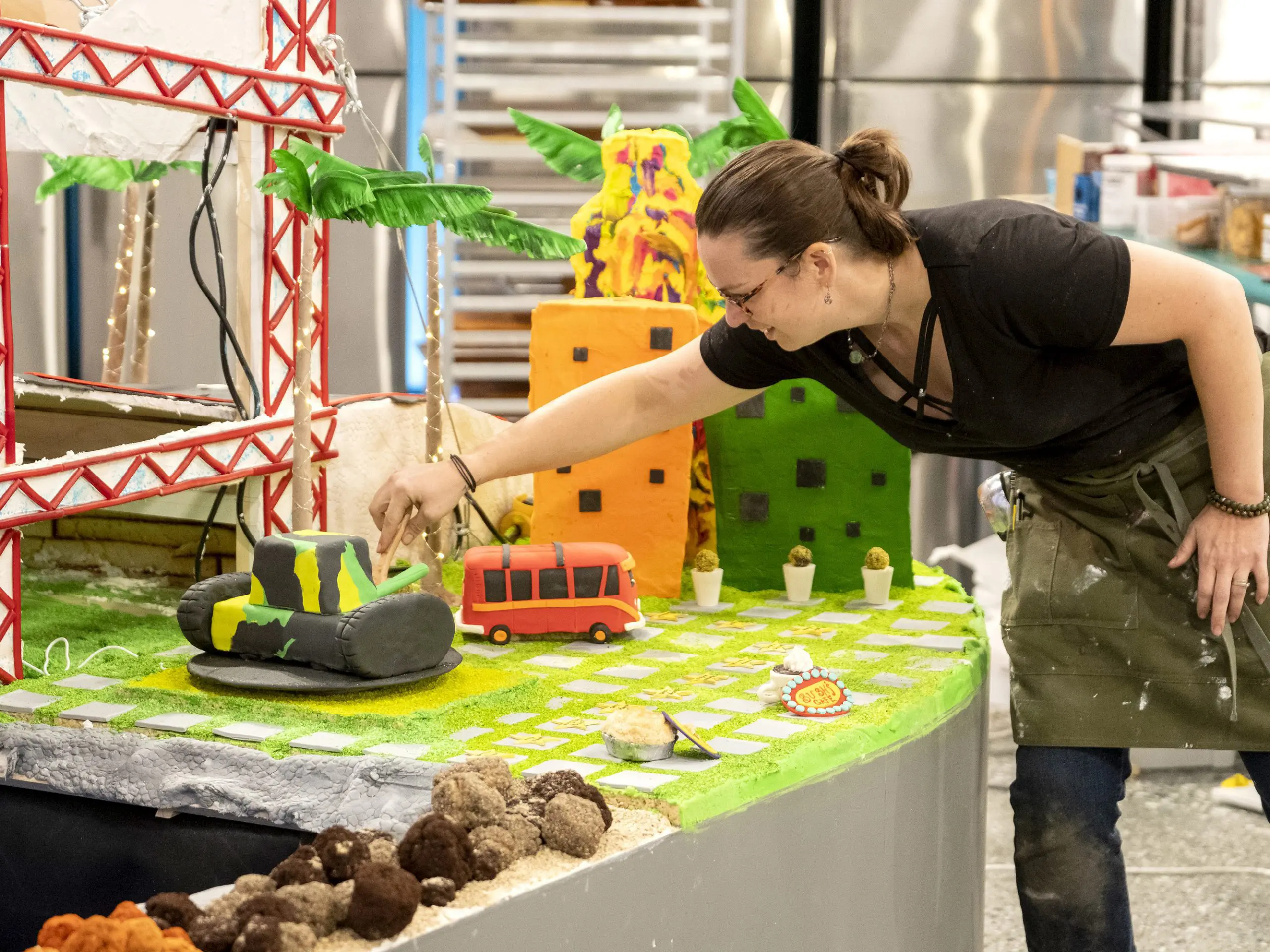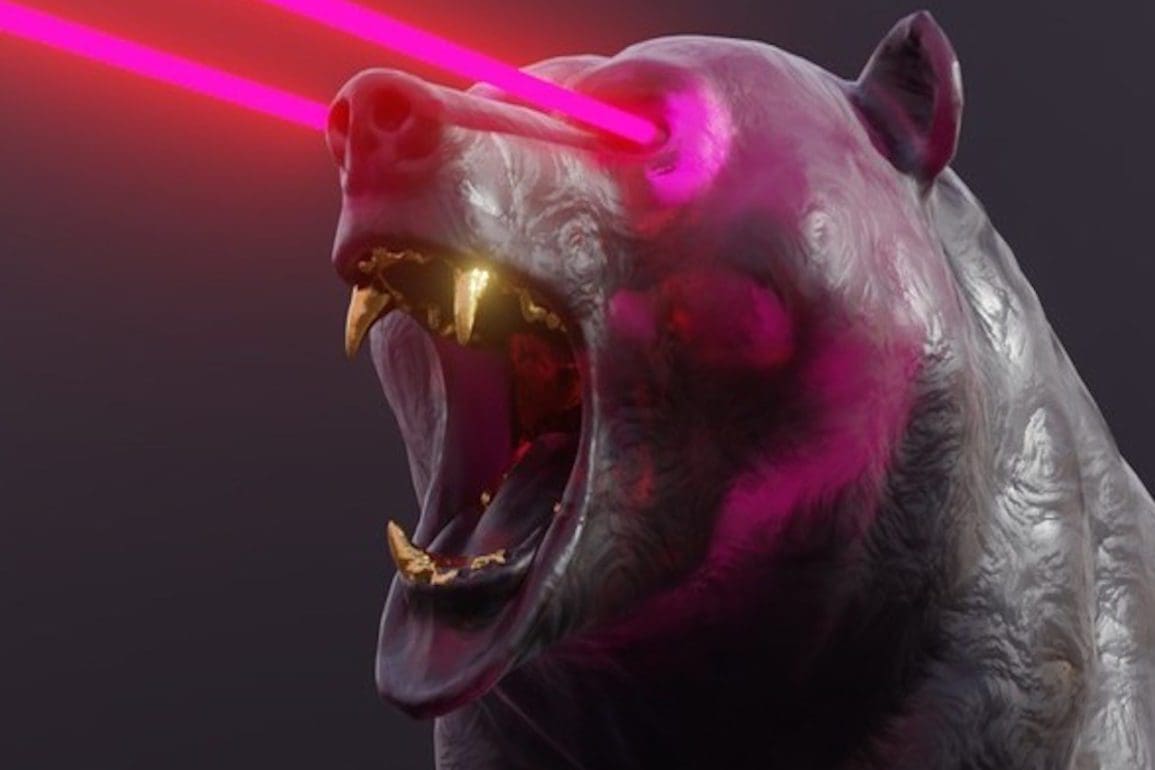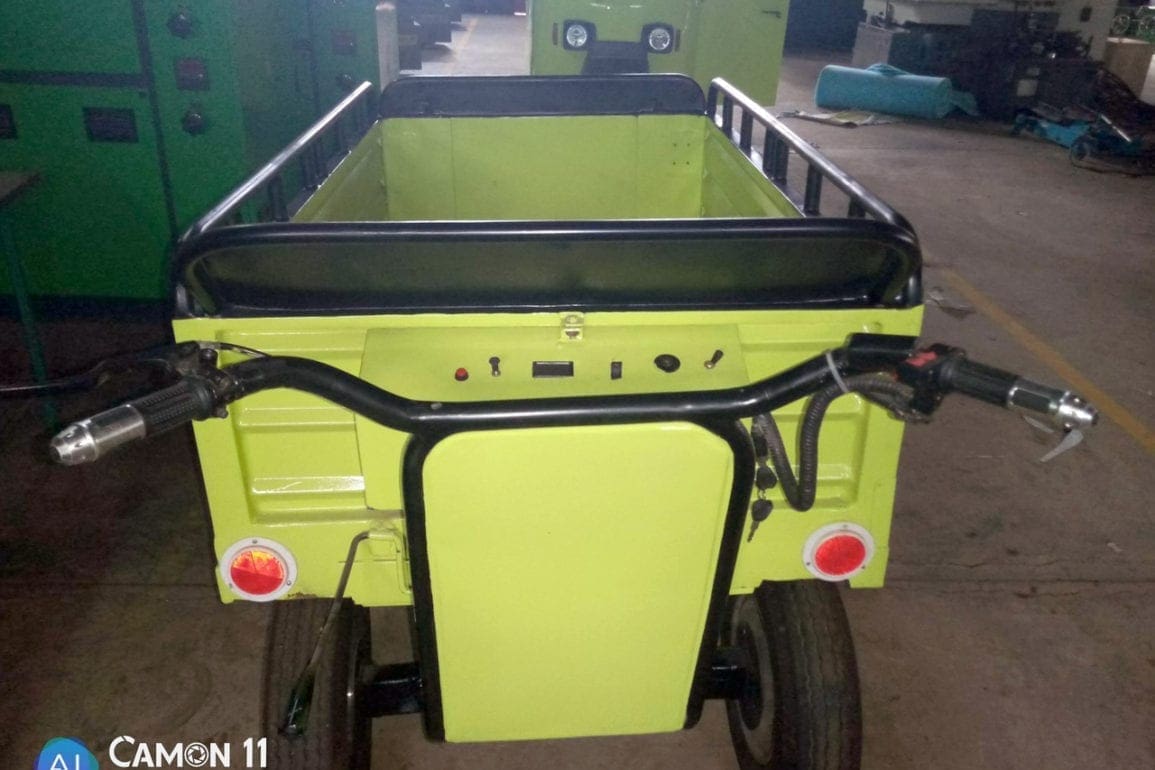Giant armadillo in Argentina unearthed, dazzles visitors at San Pedro’s paleontological museum
When the fossil finally rested on our work table, a collective gasp filled the room. Each intricate bone and fossilized armor plate confirmed we had something irreplaceable.
- 2 years ago
August 31, 2023

SAN PEDRO, Argentina — In the dusty, rugged terrain of the quarry, the machinist’s shovel hit something unusual. It seemed hard yet unusually textured. The atmosphere shifted and he knew instinctively this was not just another rock. Grasping the gravity of this potential discovery, he urgently called us. When we arrived, our eyes met a scene ripped straight from the annals of prehistory.
We saw a nearly complete, juvenile specimen of a giant armadillo, spanning about three meters. Its ancient bones spoke of a time 700,000 years ago. This was the discovery of a lifetime, a literal dream materialized before our eyes.
The scientific significance of this discovery cannot be overstated. The skeletal remains of these colossal mammals rarely make it into comprehensive studies, especially those of juveniles like the specimen we discovered. In an academic landscape bereft of such examples, our find proved groundbreaking.
Read more paleontology stories at Orato World Media
Museum team braves soaring heat to recover Argentina’s most intact glyptodon family
Our museum team recovered not only this fascinating juvenile but also three other adult specimens. They all lay in an ancient wetland, their bones ensconced in a thick blanket of mud—dense, viscous, and time-forgiving. This earthly sarcophagus had preserved the specimen in astonishing detail, making it one of the most intact finds in Argentina.
More than 95 percent of its internal skeleton remained present. Its skull, jaws, and limbs appeared in life-like articulation as if the creature only recently succumbed to the elements.
Recovering the fossil felt like laboring in a furnace. The heat soared to 38 degrees Celsius in the middle of summer, and the air stood still as if confined by invisible walls. We sweated profusely and each droplet felt like a sacrifice for paleontology. Three back-breaking days later, we had carefully extracted this relic of ancient life.
Drenched in sweat but fueled by adrenaline, we enveloped it in cloth soaked in plaster. A protective shell encased the earthen lump cradling the fossil, which weighed a monumental thousand kilos. A crane then made the arduous 50-kilometer journey to deliver our treasure to its new home at the museum situated in the heart of the city.
From worktable to the Museum of San Pedro, an inspiring link to Argentina’s prehistoric past
When the fossil finally rested on our work table, a collective gasp filled the room. Each intricate bone and fossilized armor plate confirmed we had something irreplaceable. With meticulous care, our hands wielded miniature tools. Like artists with fine brushes, we cleaned and prepared the specimen for its second life in the public eye.
As we worked, an electrifying energy surged through me. My heart pounded in my chest, matching the rhythm of our collective awe and excitement. More details came into view, amplifying our joy. We could not contain ourselves: we embraced and formed a jubilant circle around the Glyptodon. It felt as if we were paying homage to this ambassador from a bygone era.
This Glyptodon cub is one of the most complete of its kind in Argentina. Now, it stands as the centerpiece of the Paleontological Museum of San Pedro. This fossil exists not just as an artifact but as a tangible link to our prehistoric past, waiting to inspire every visitor, young and old. It serves as a chronicle of a forgotten world, giving voice to the Earth’s untold stories.

